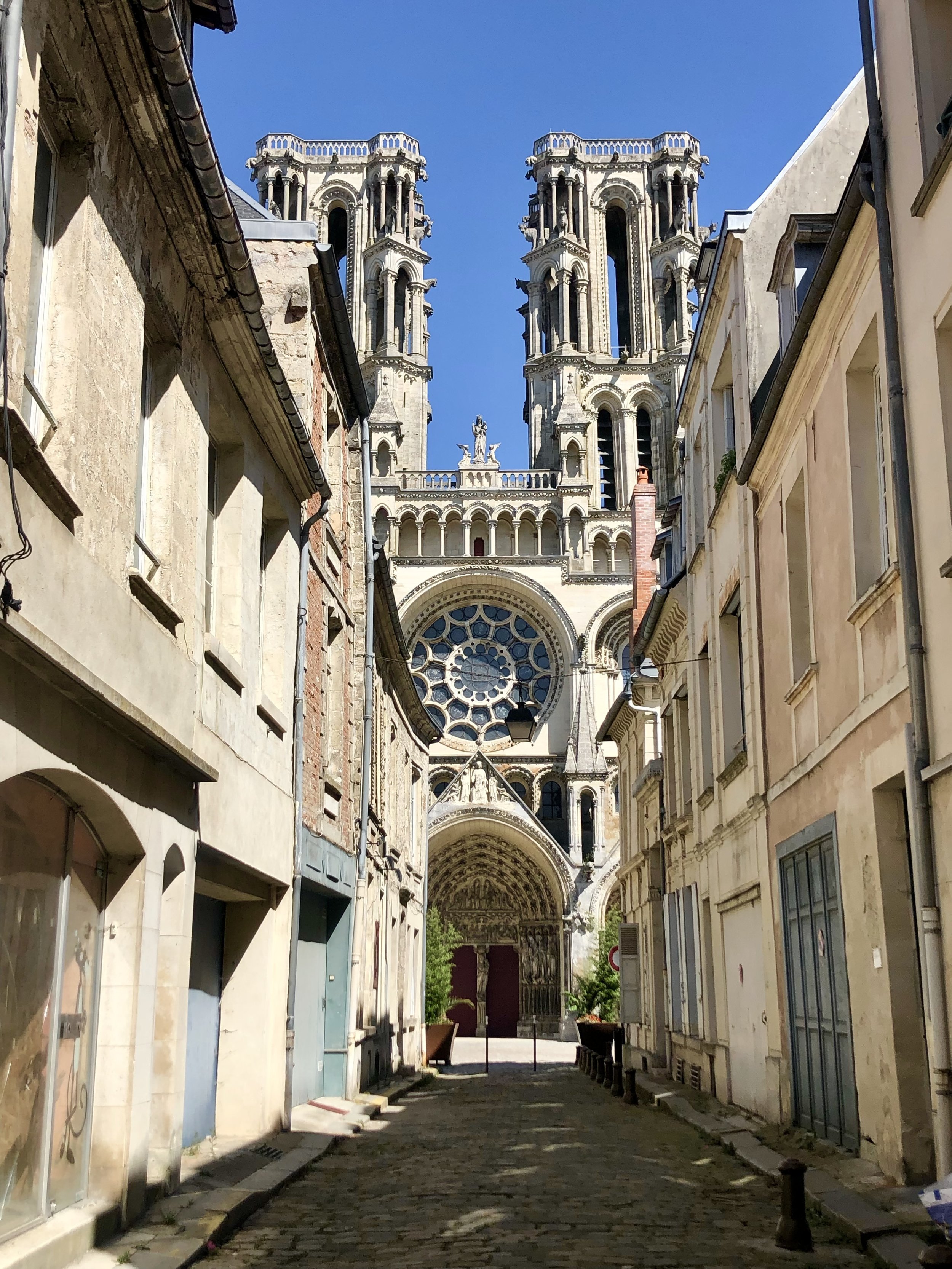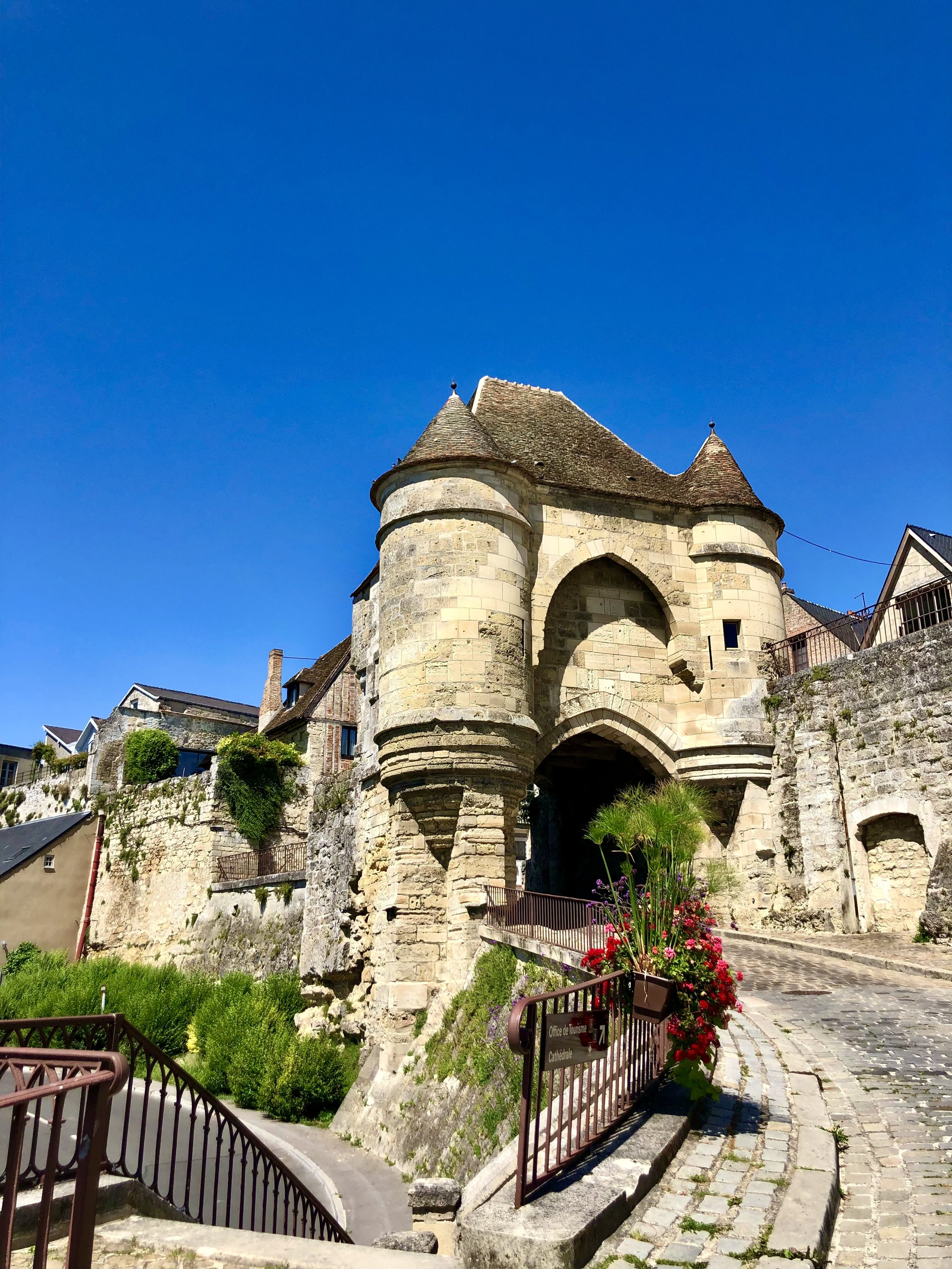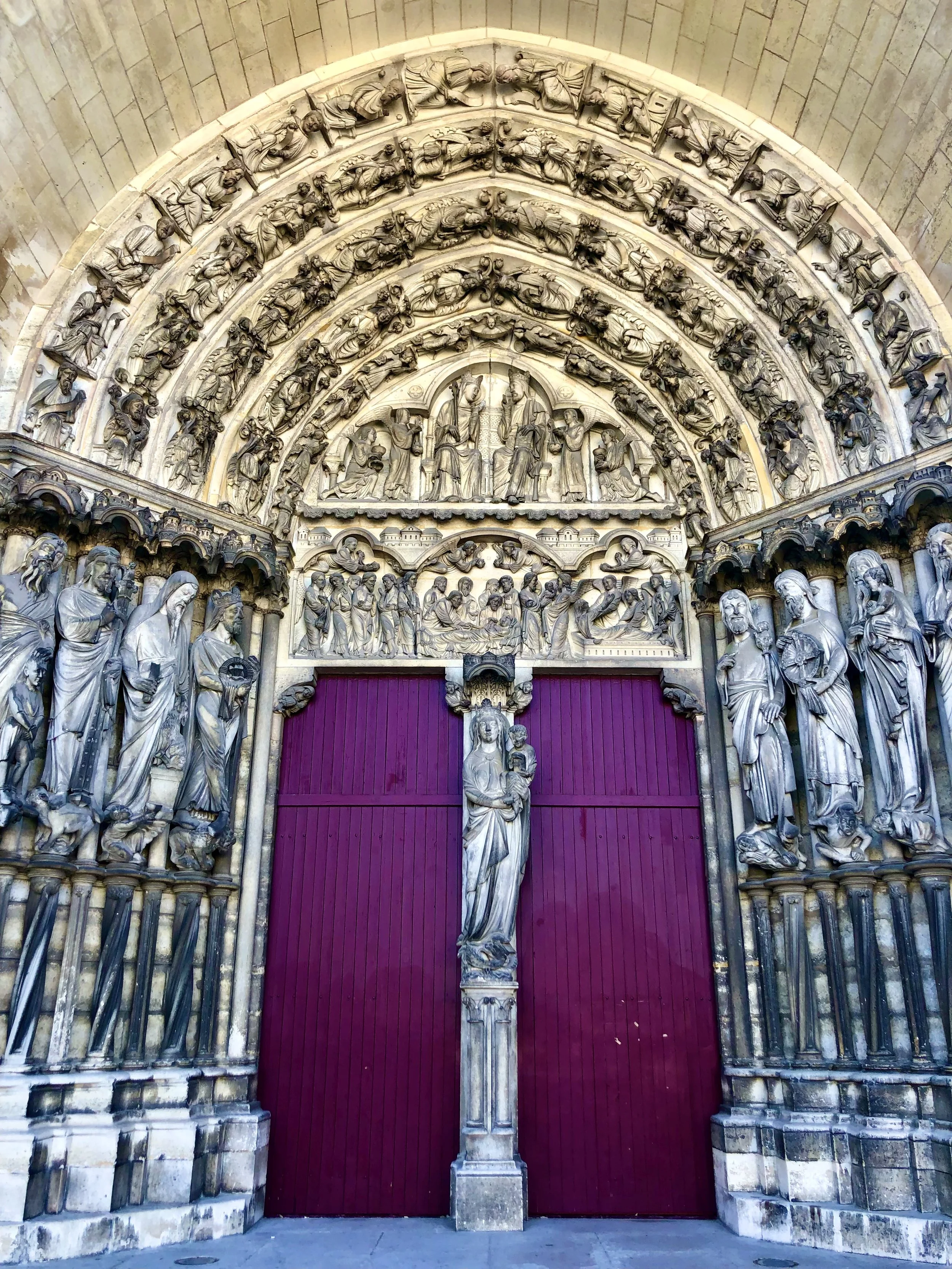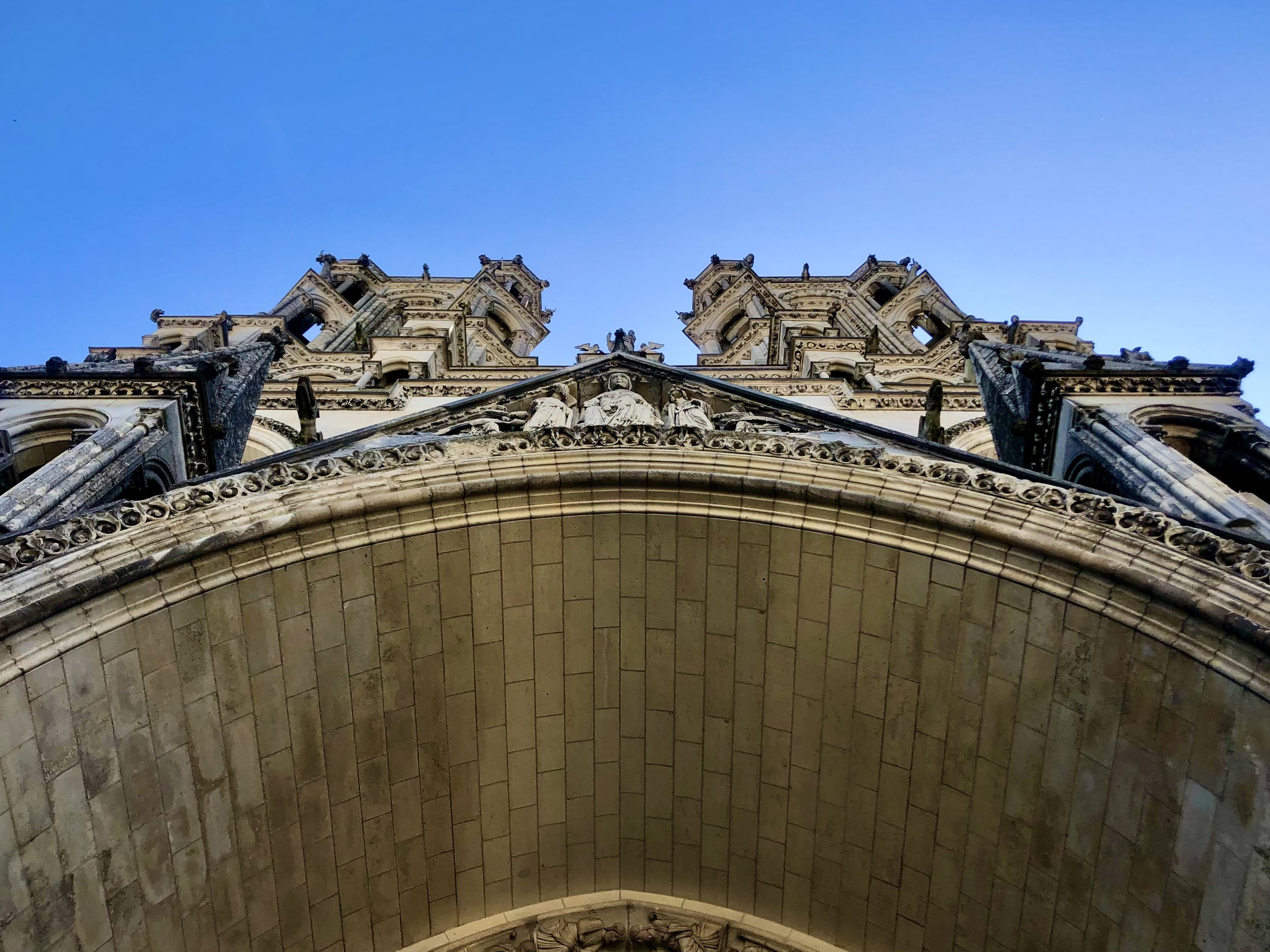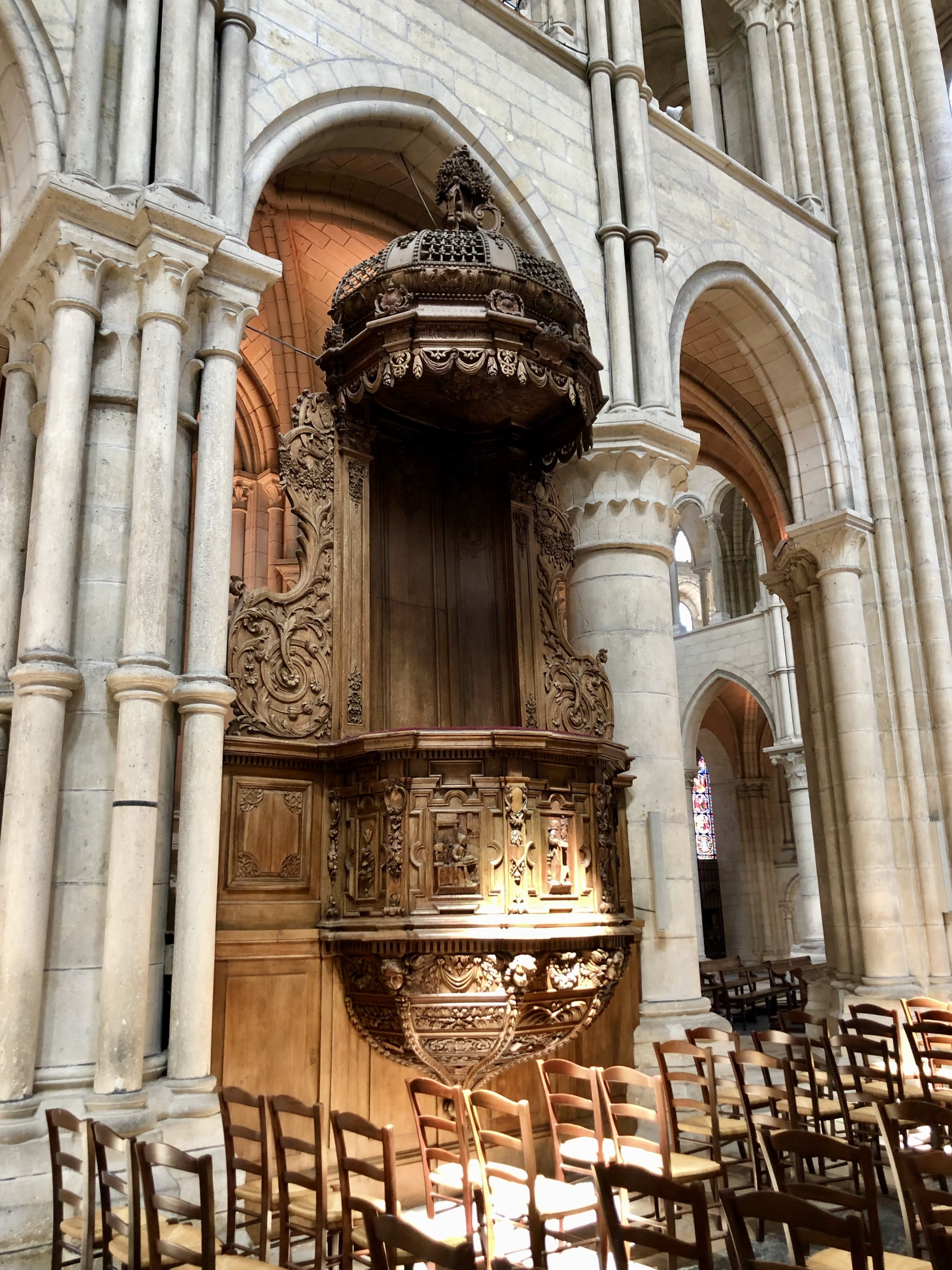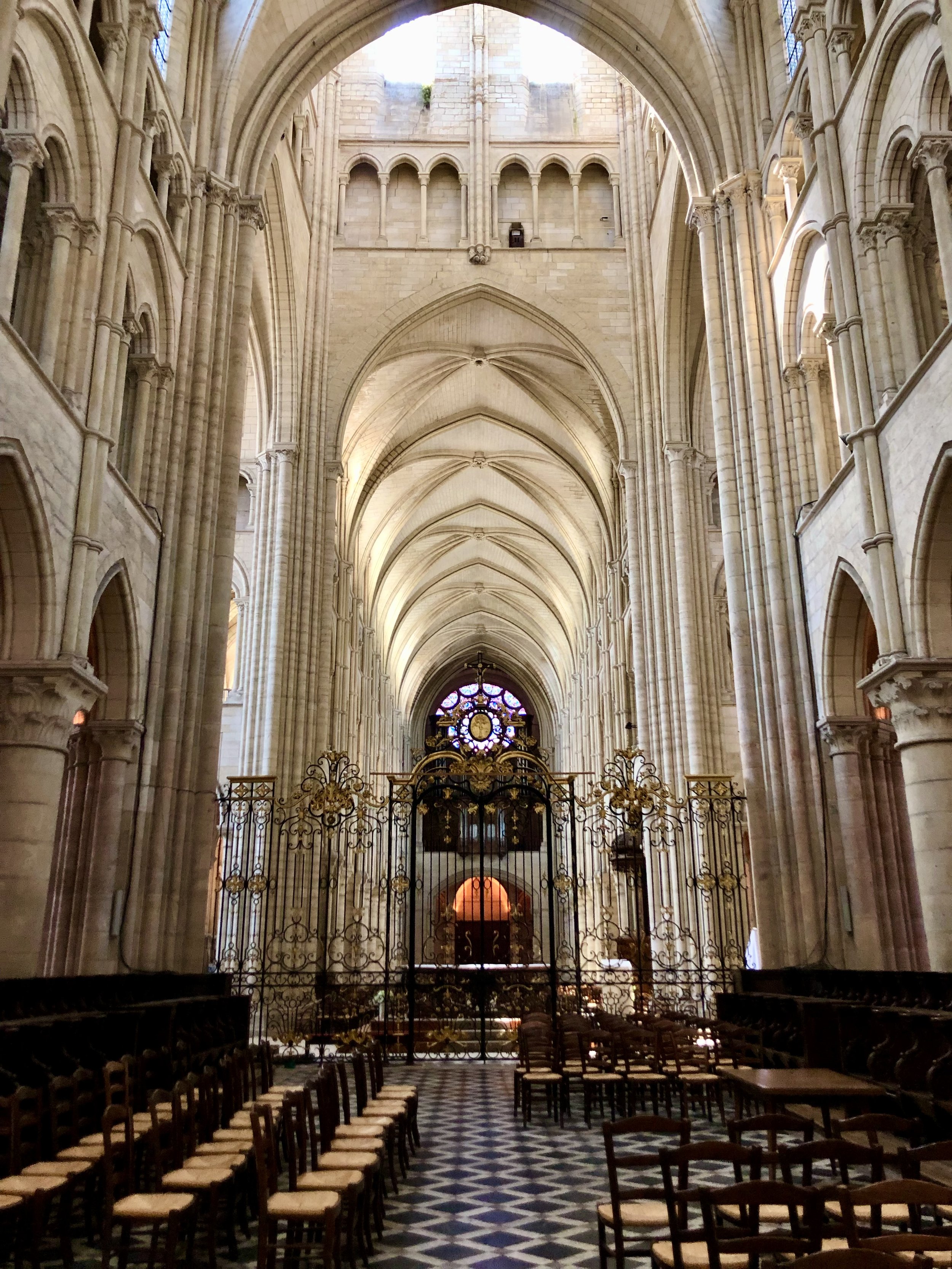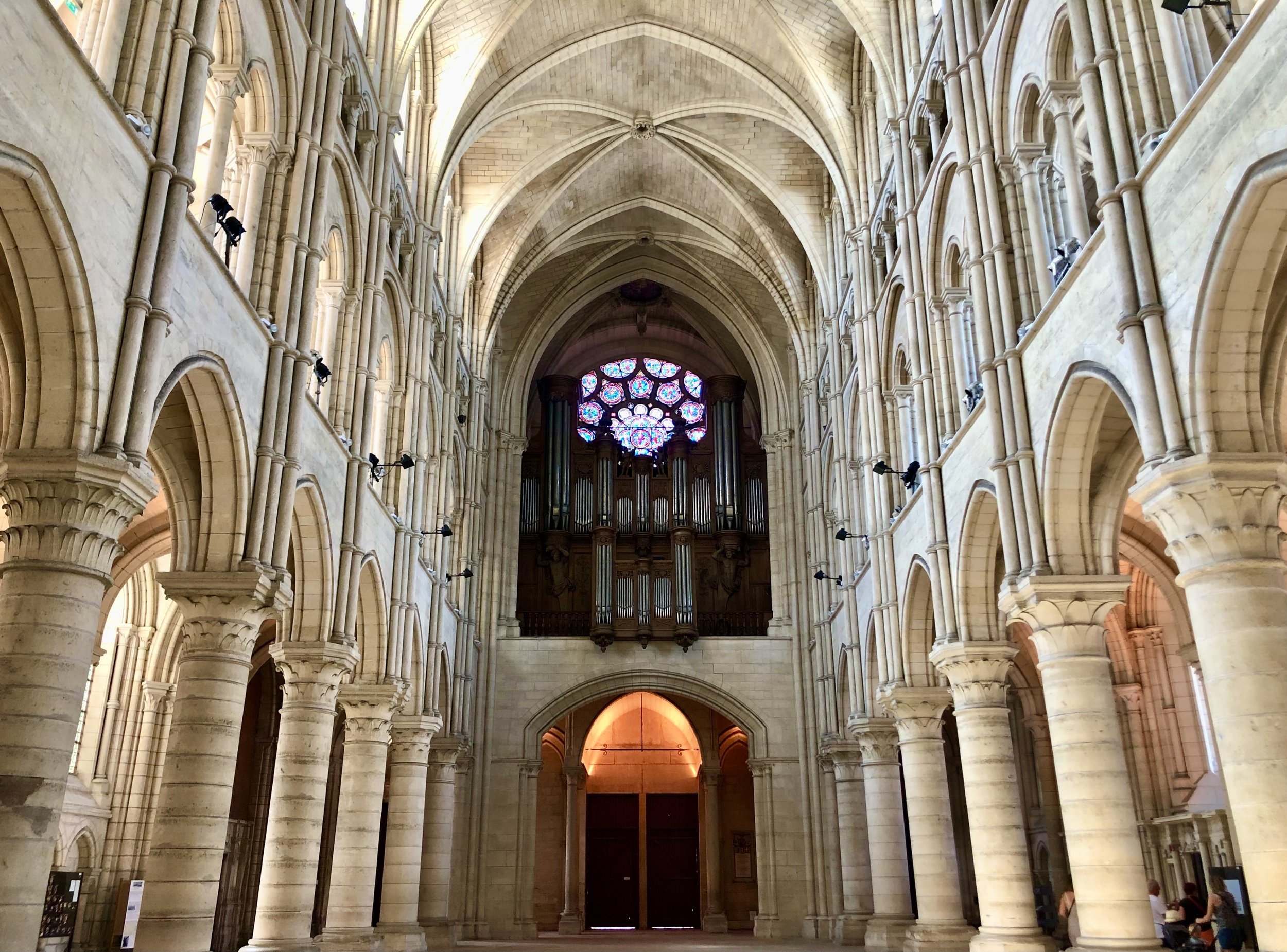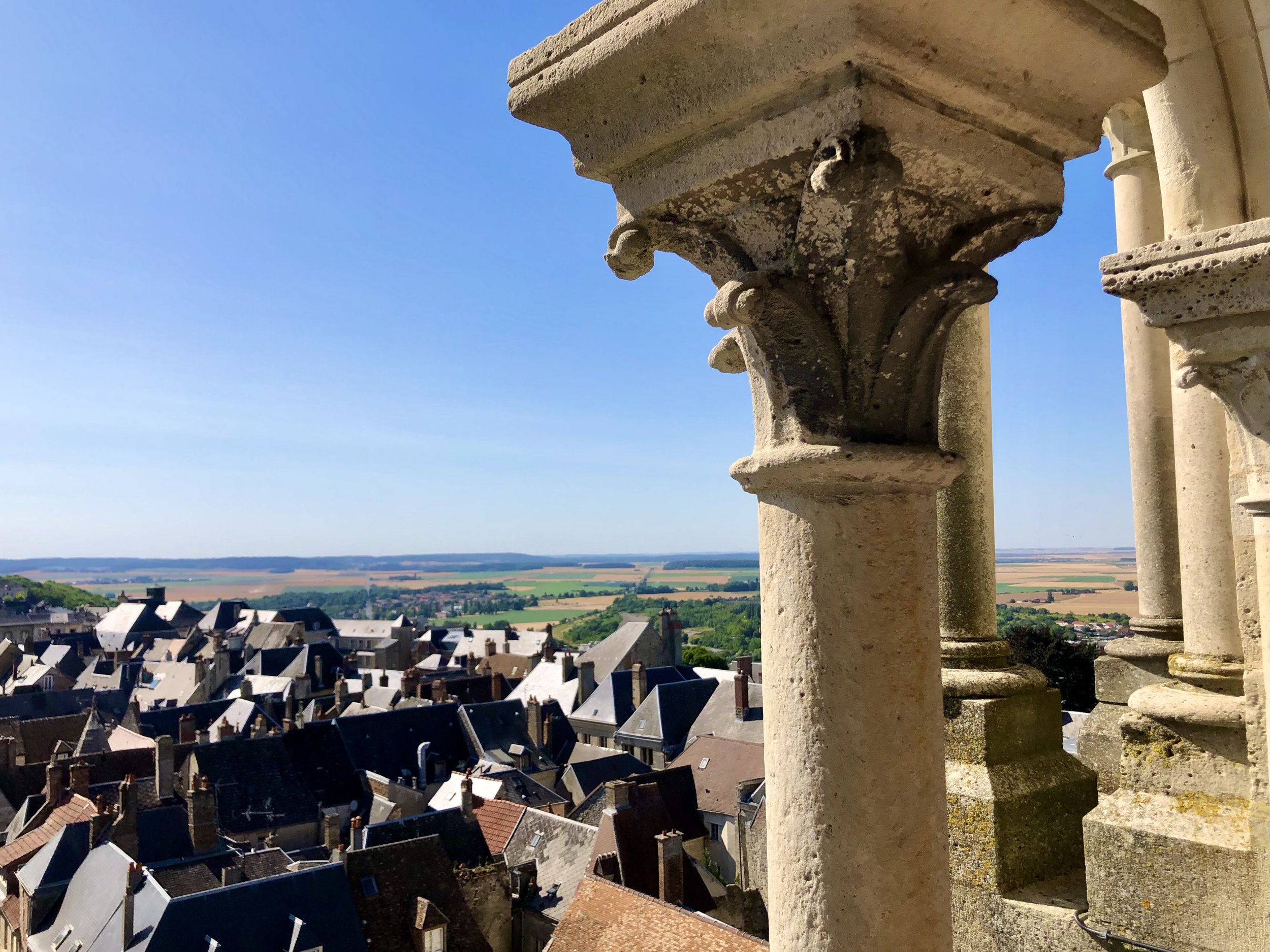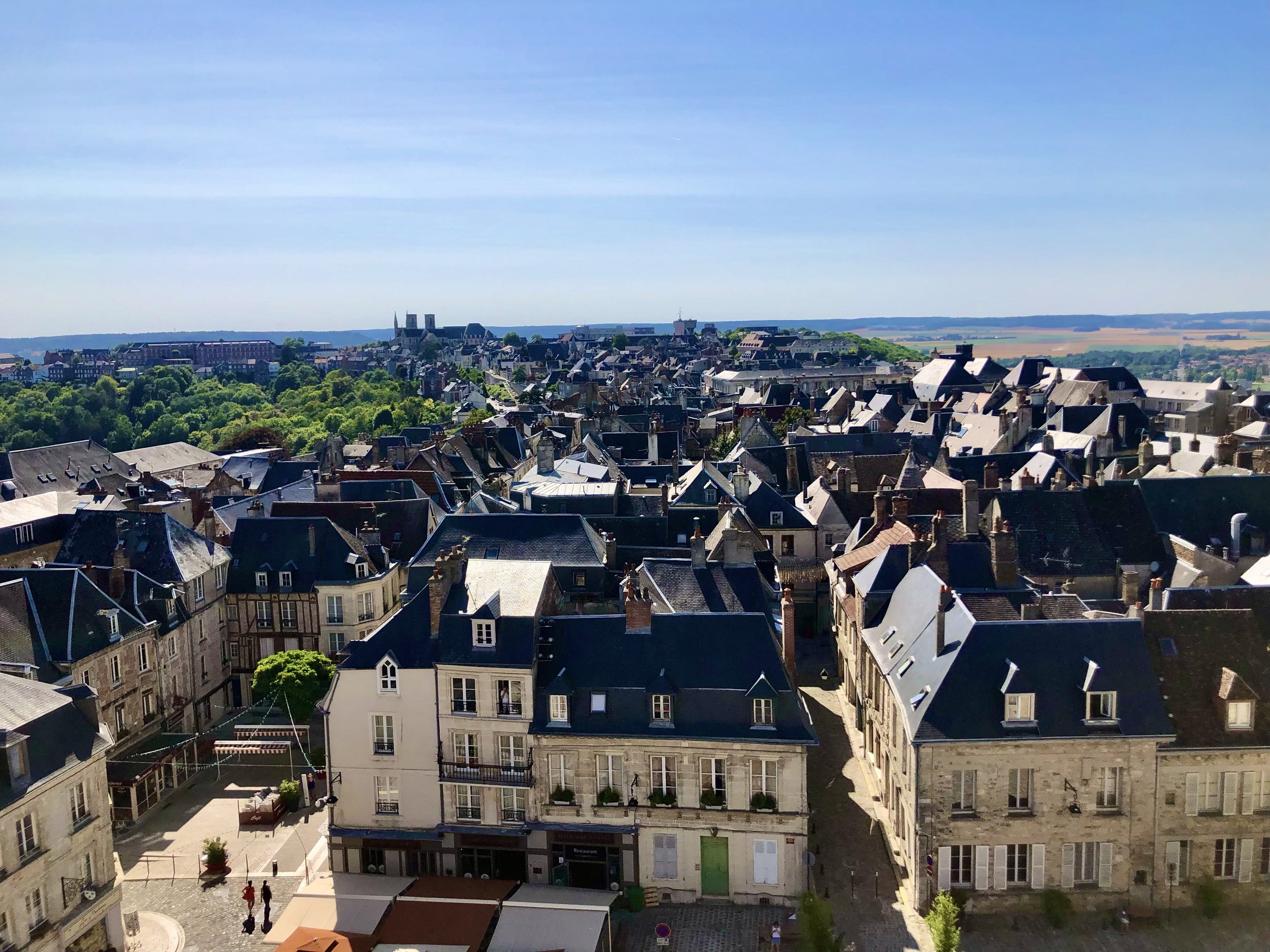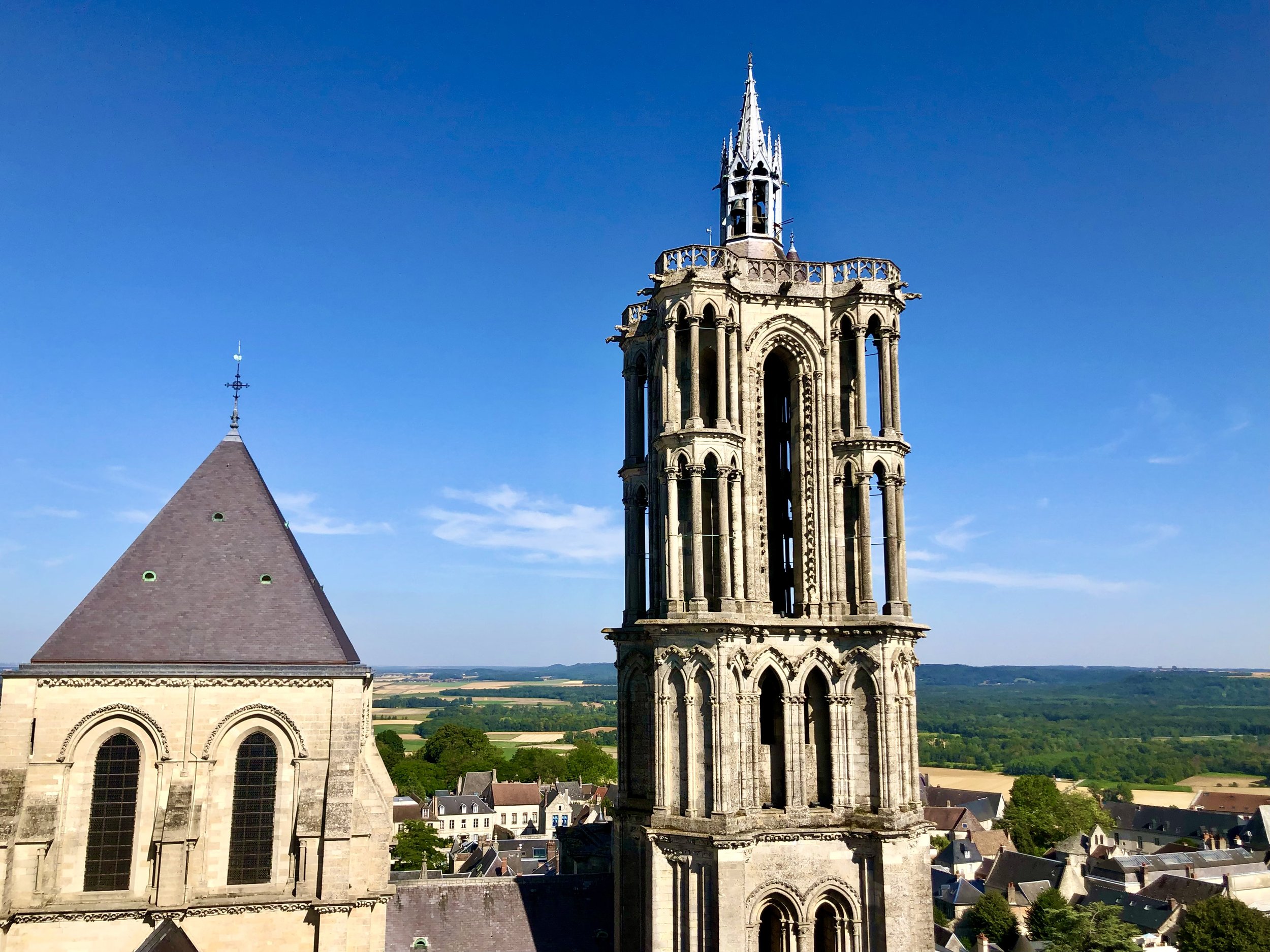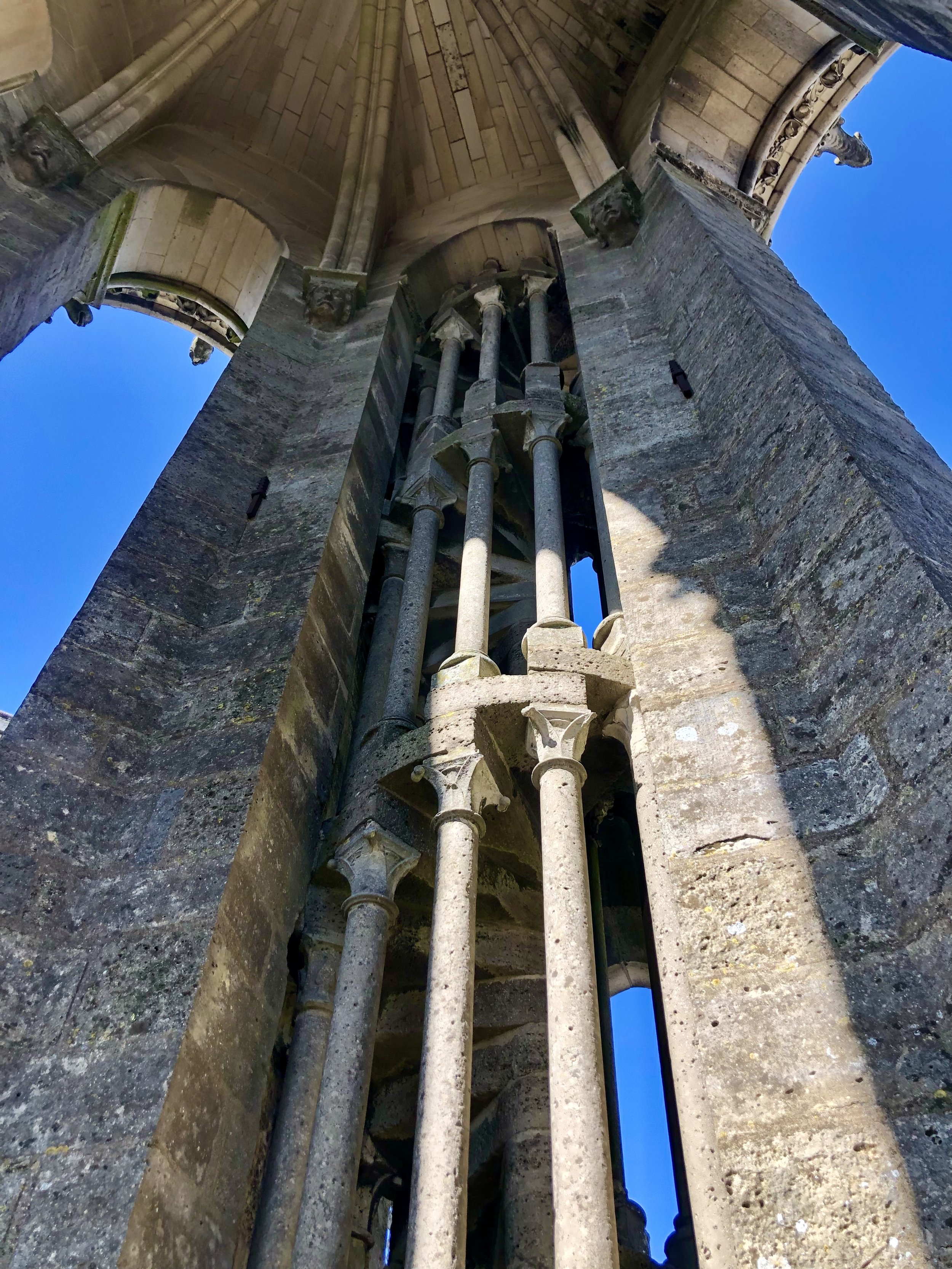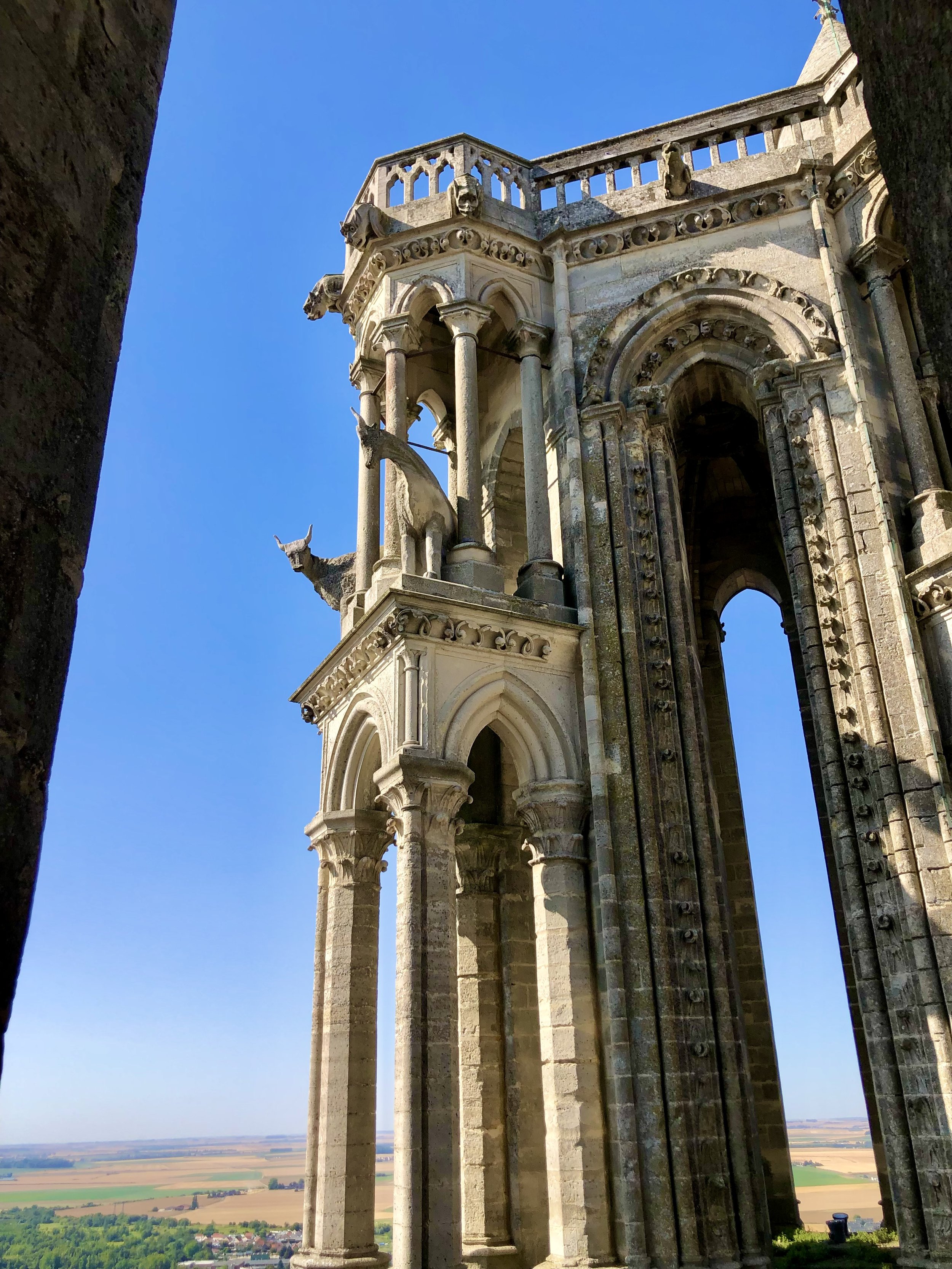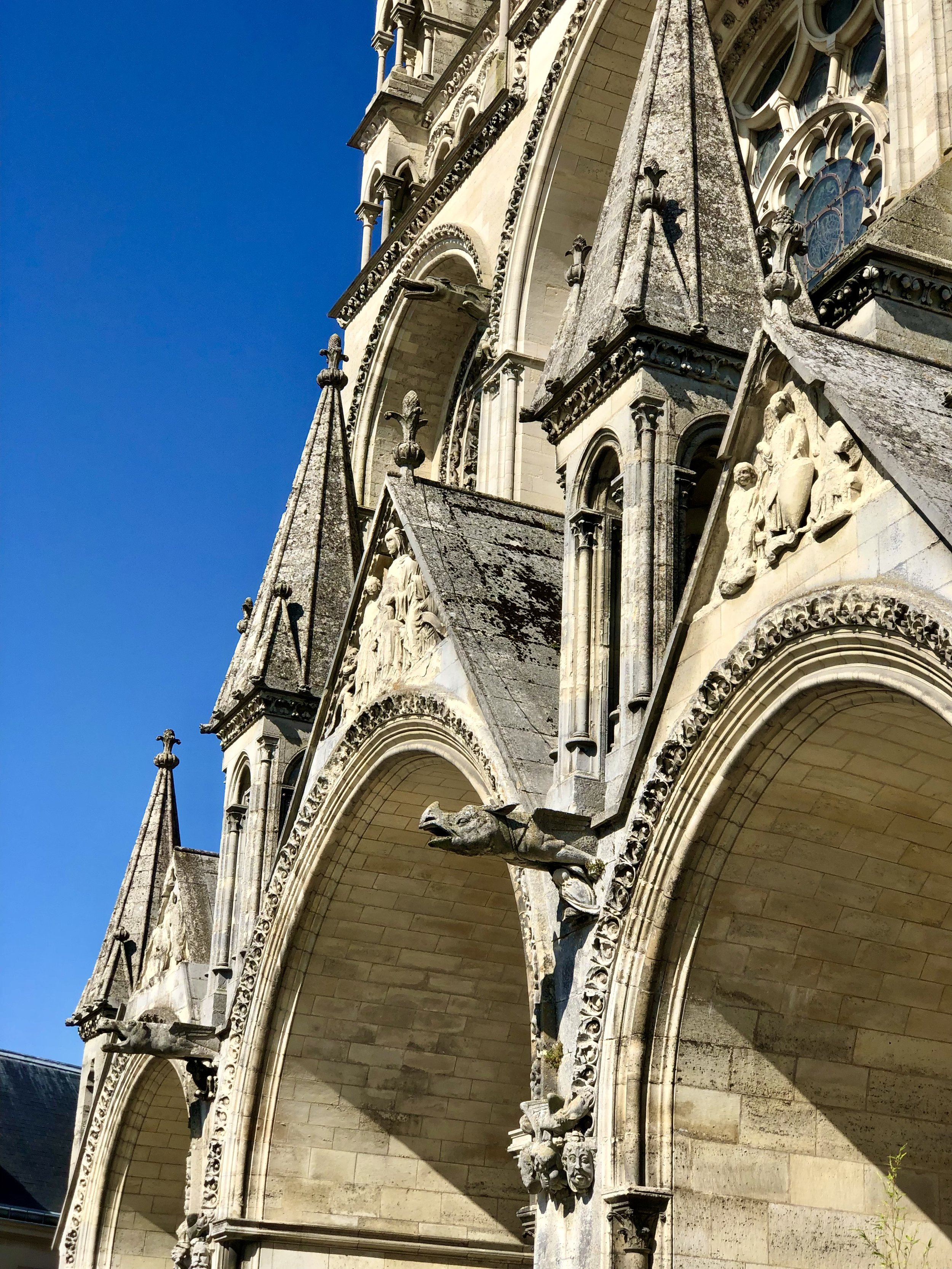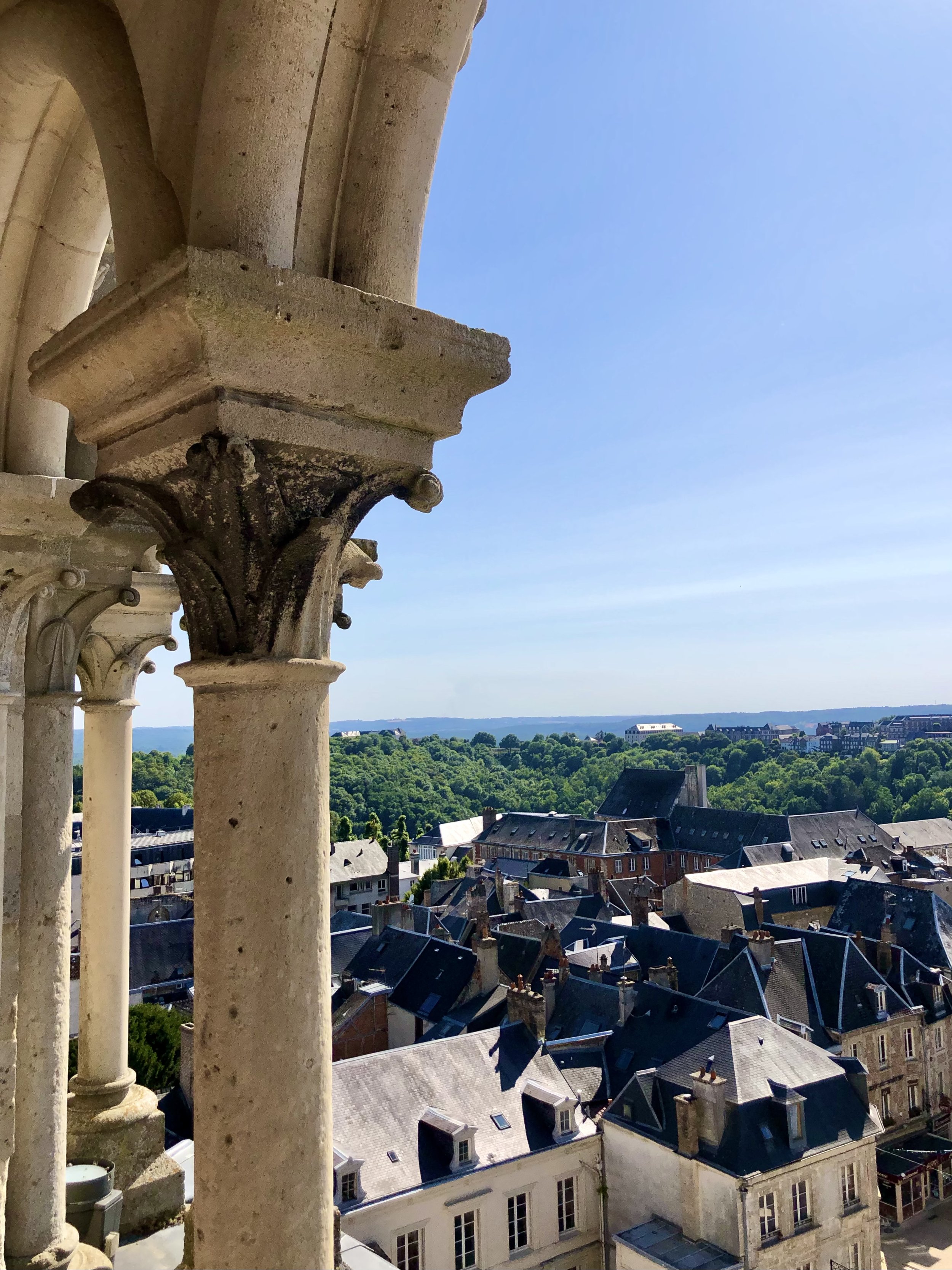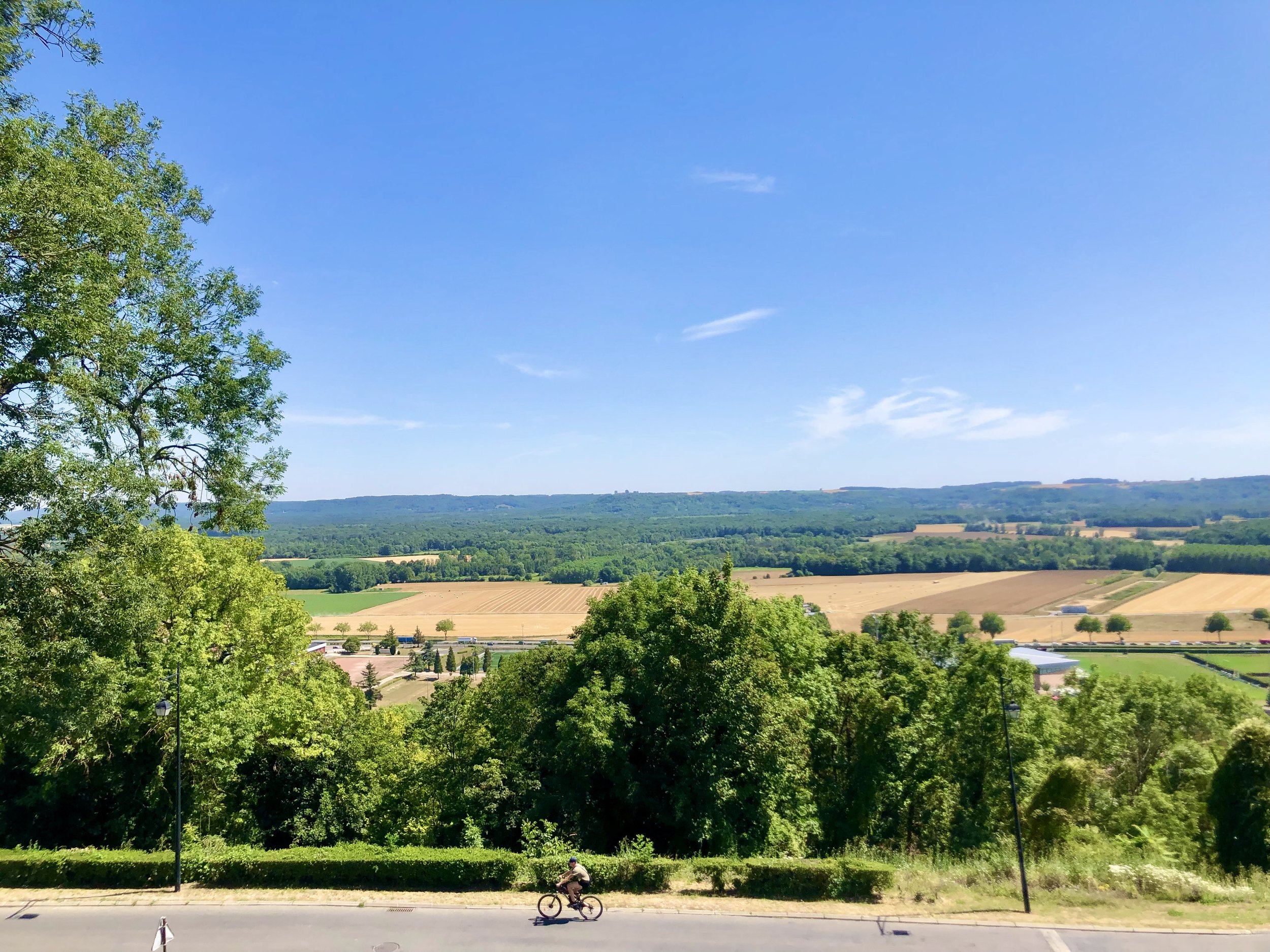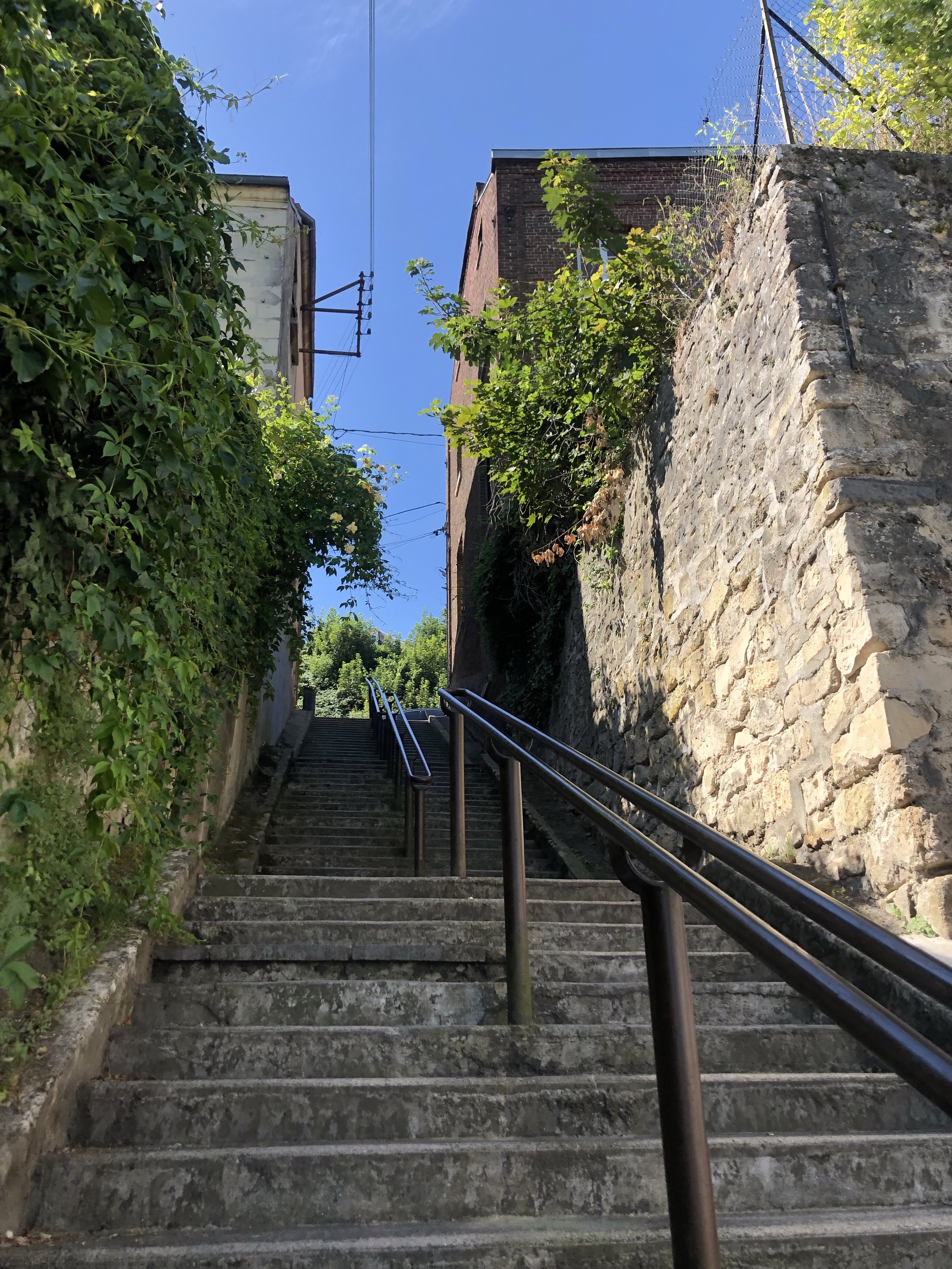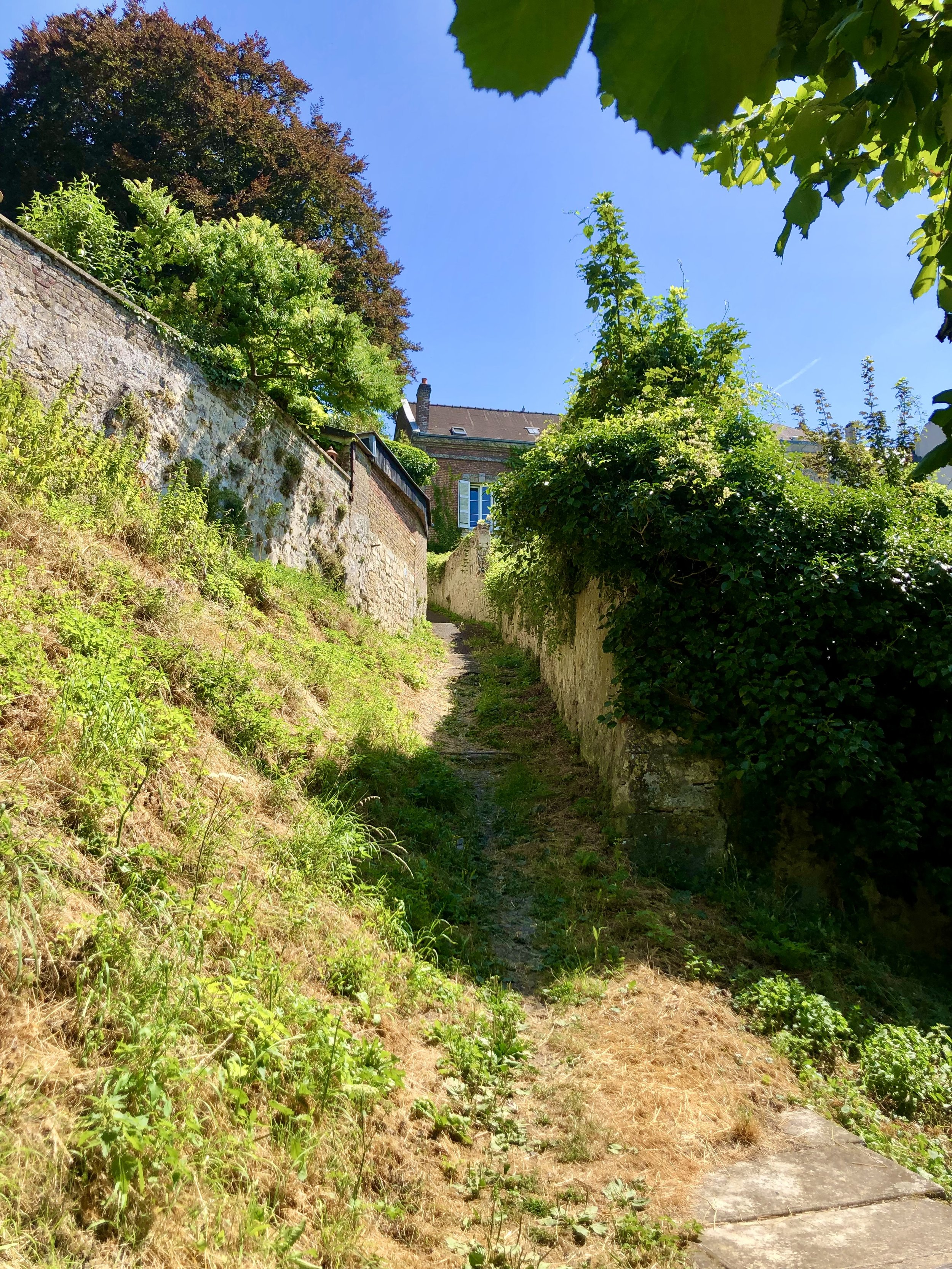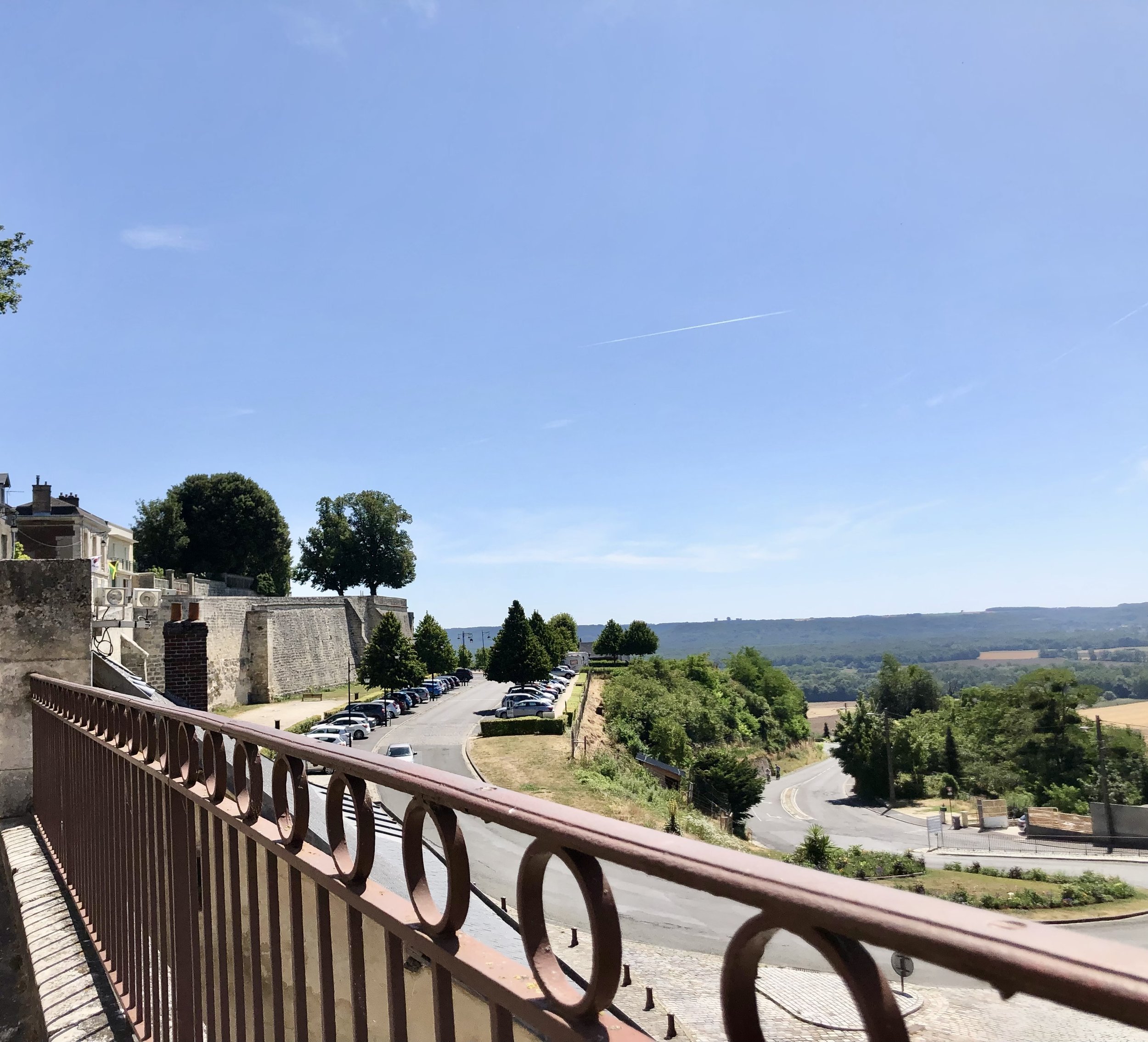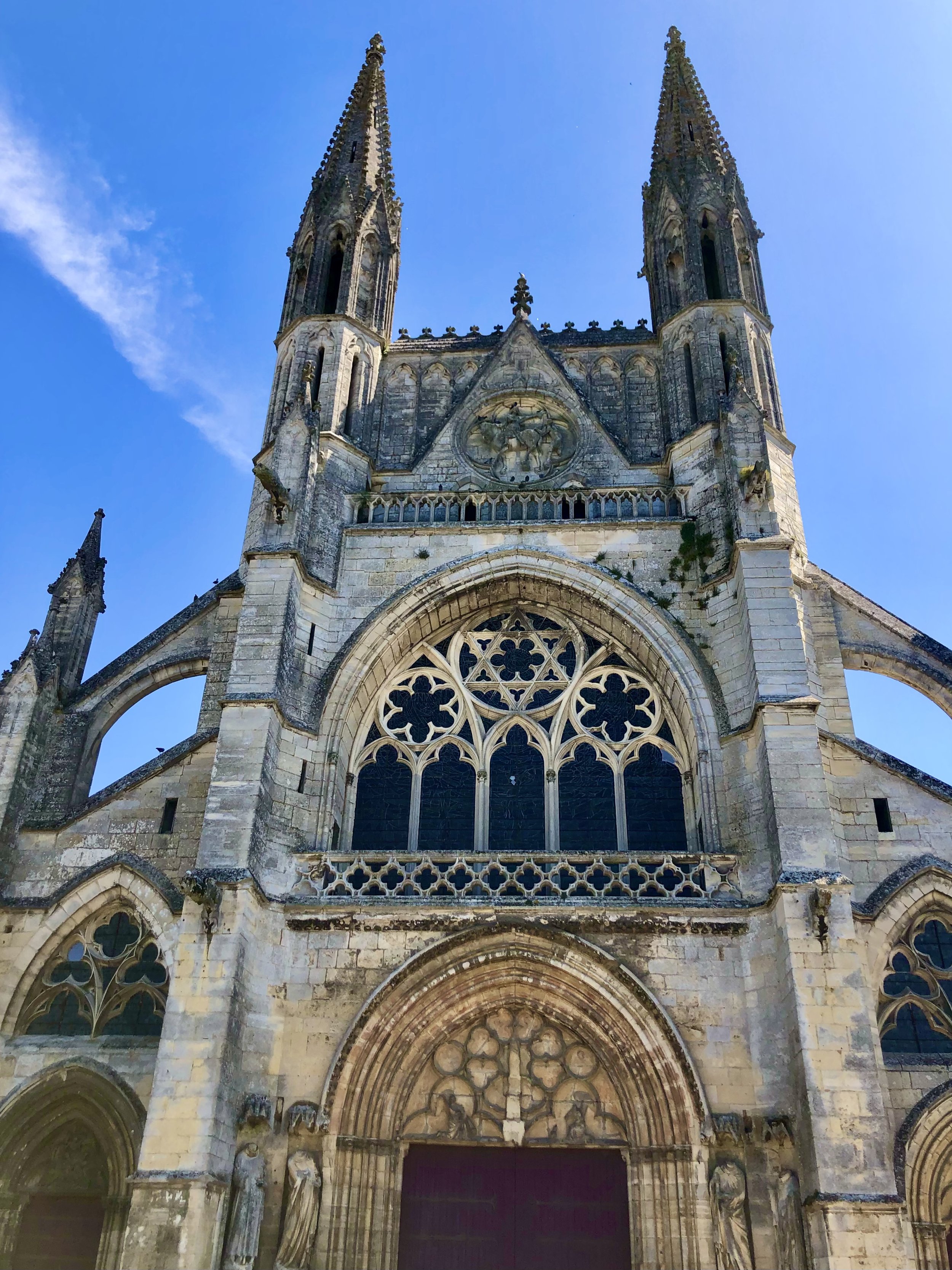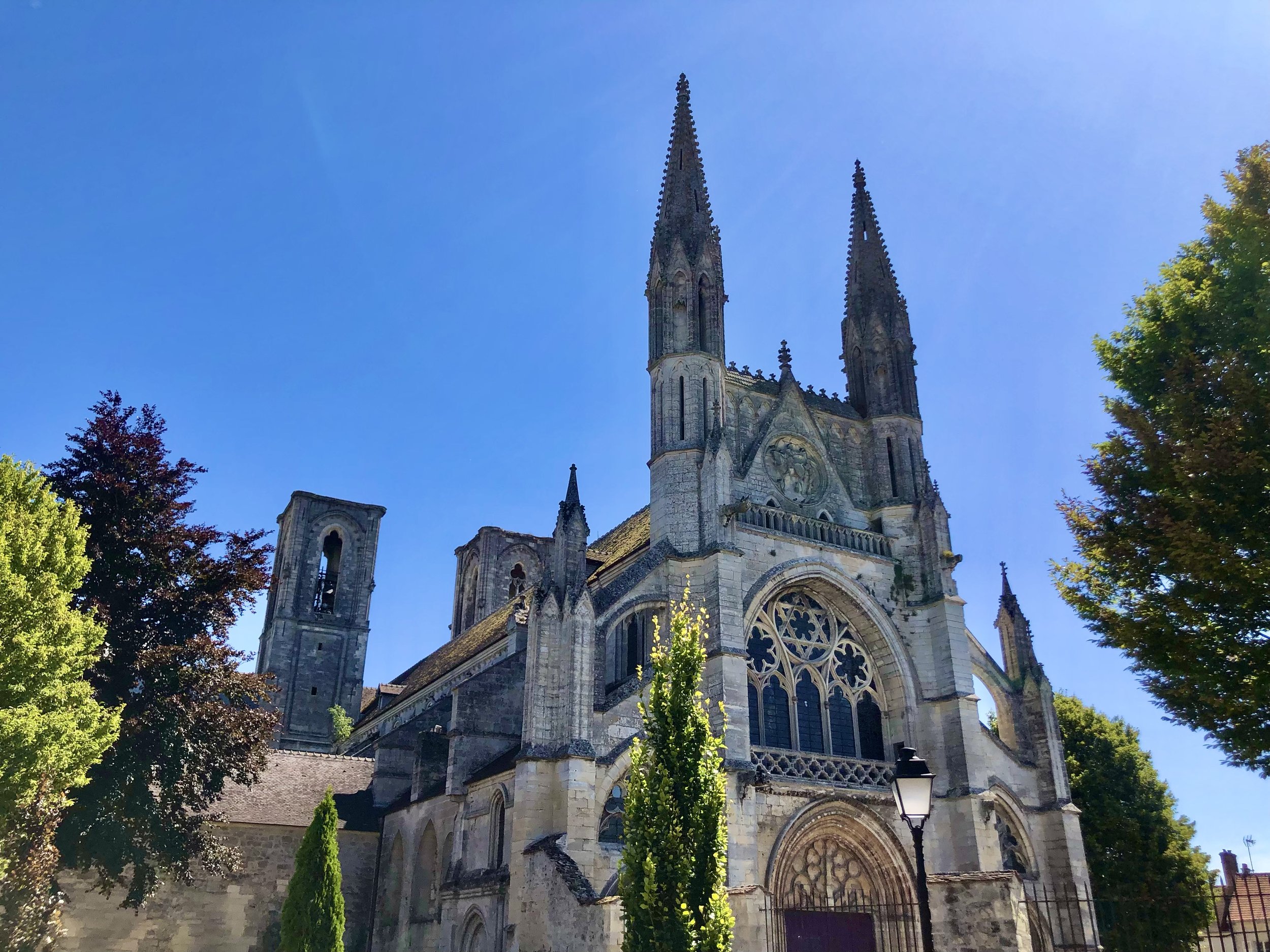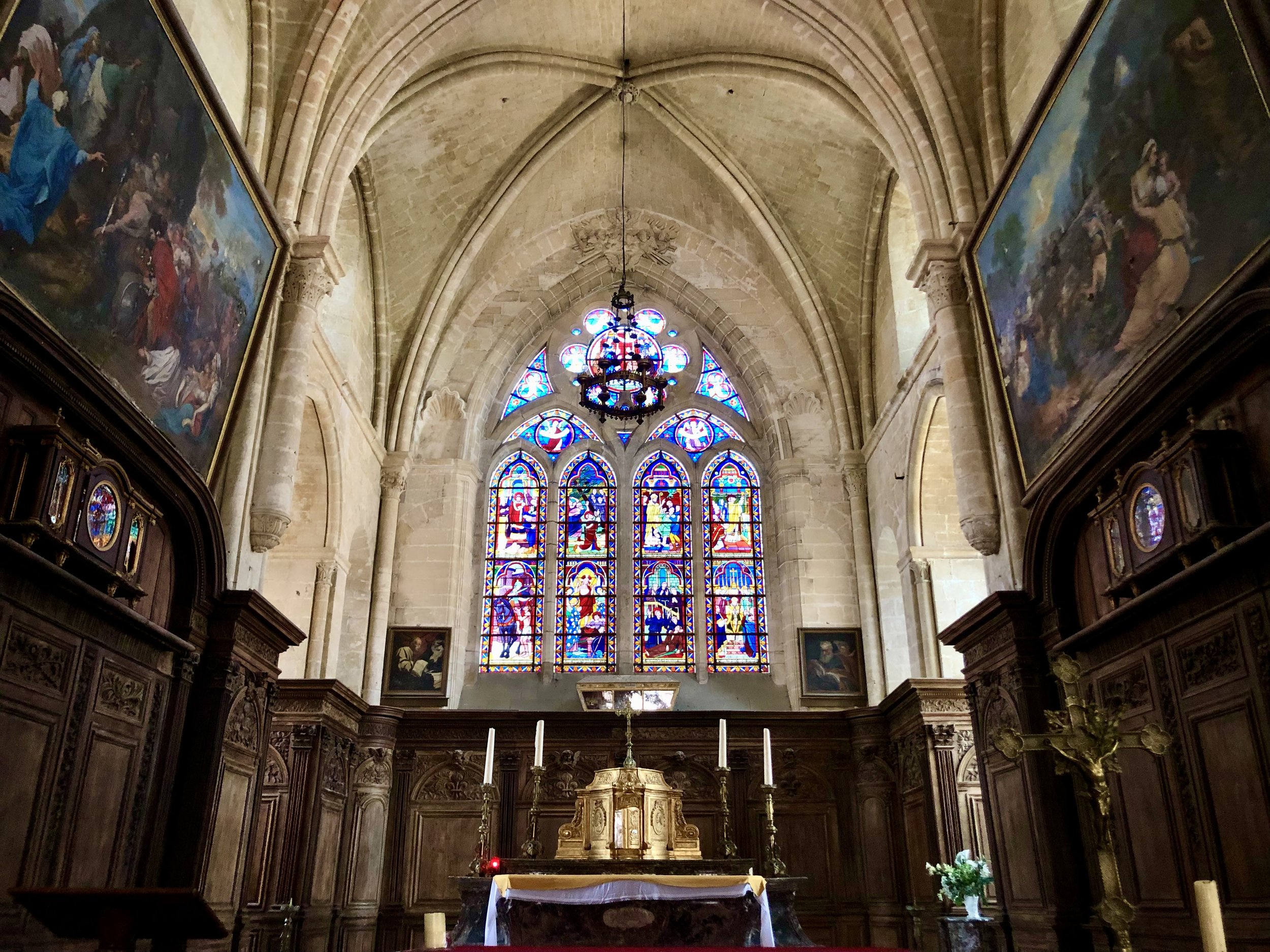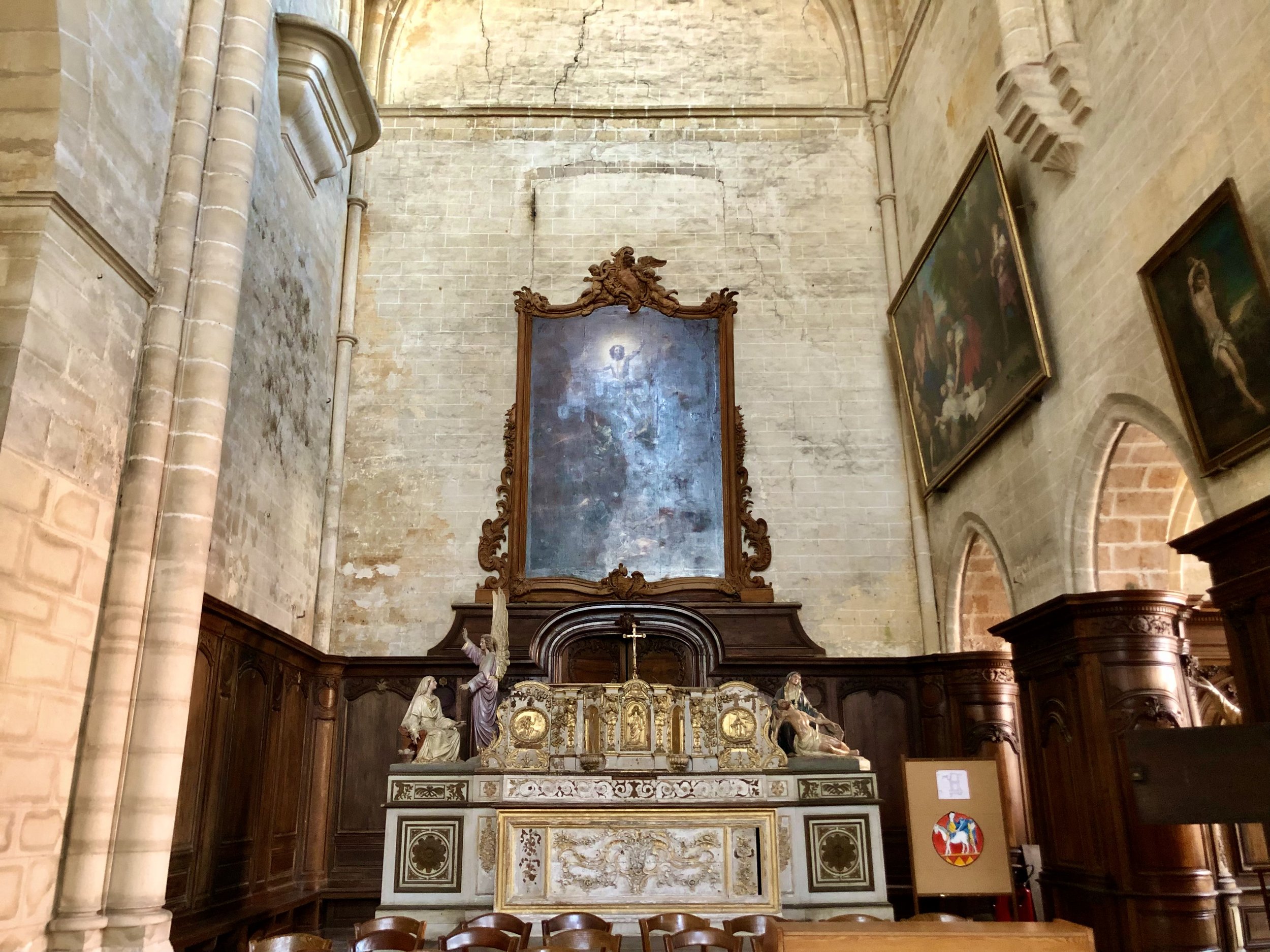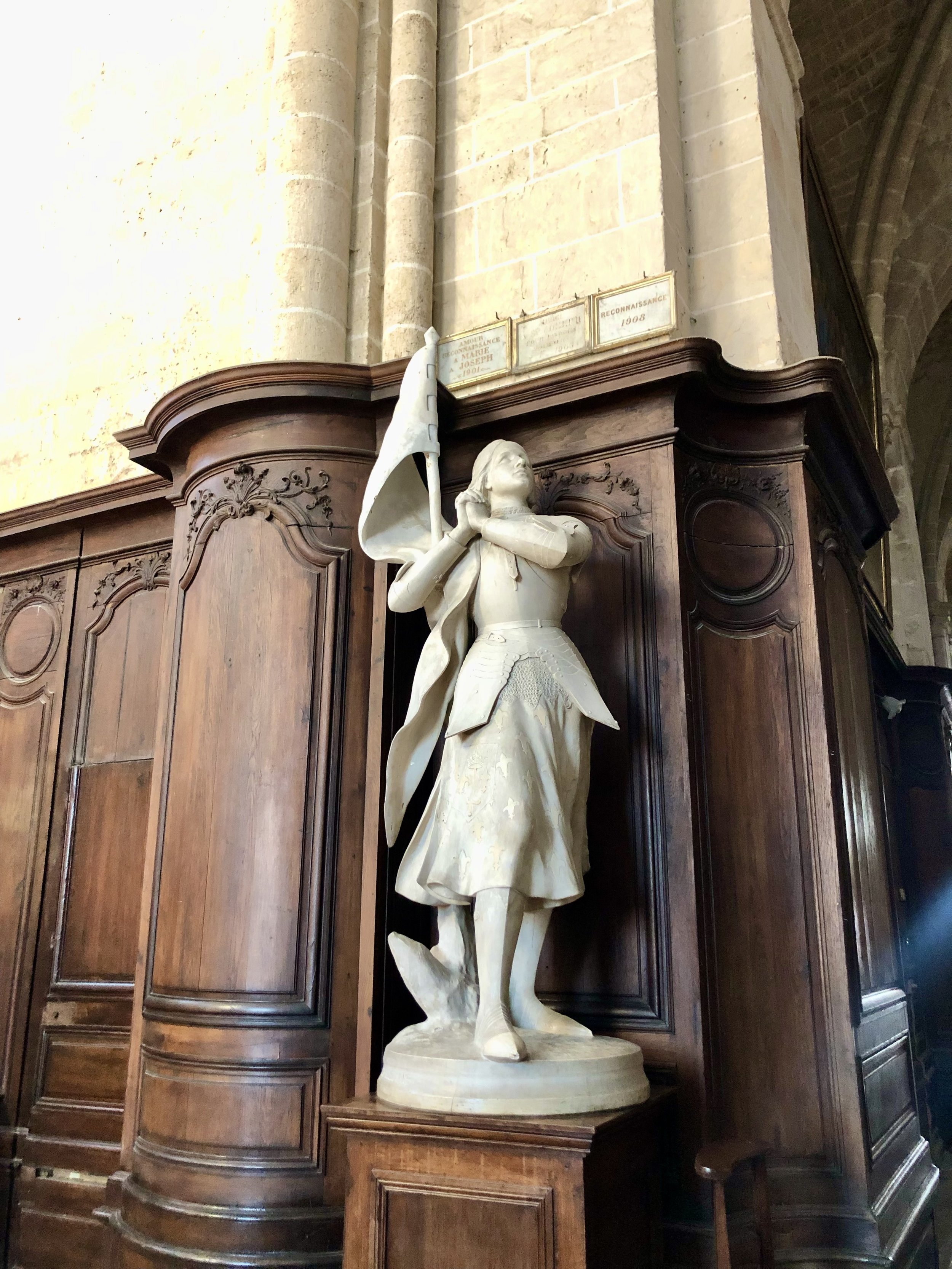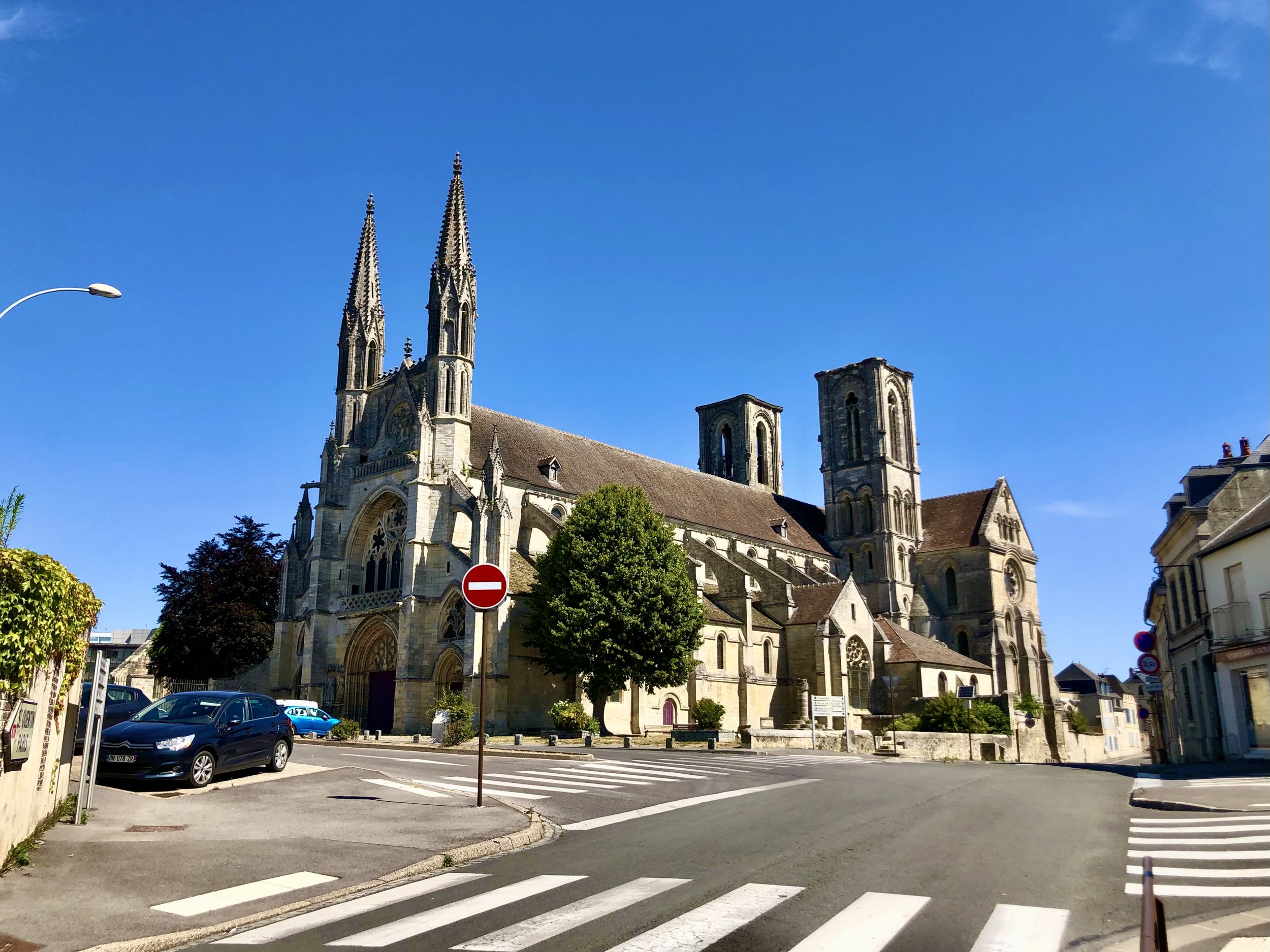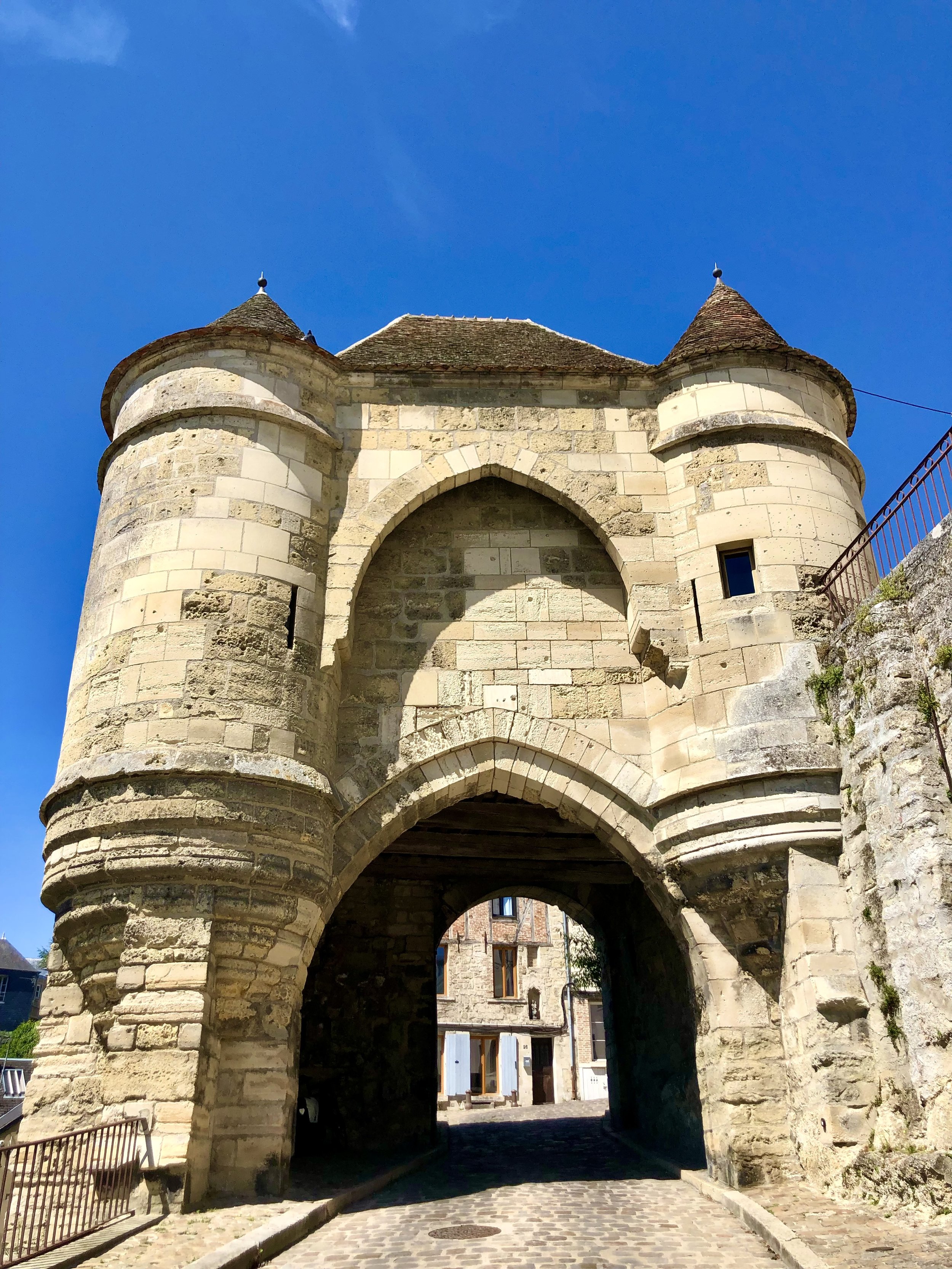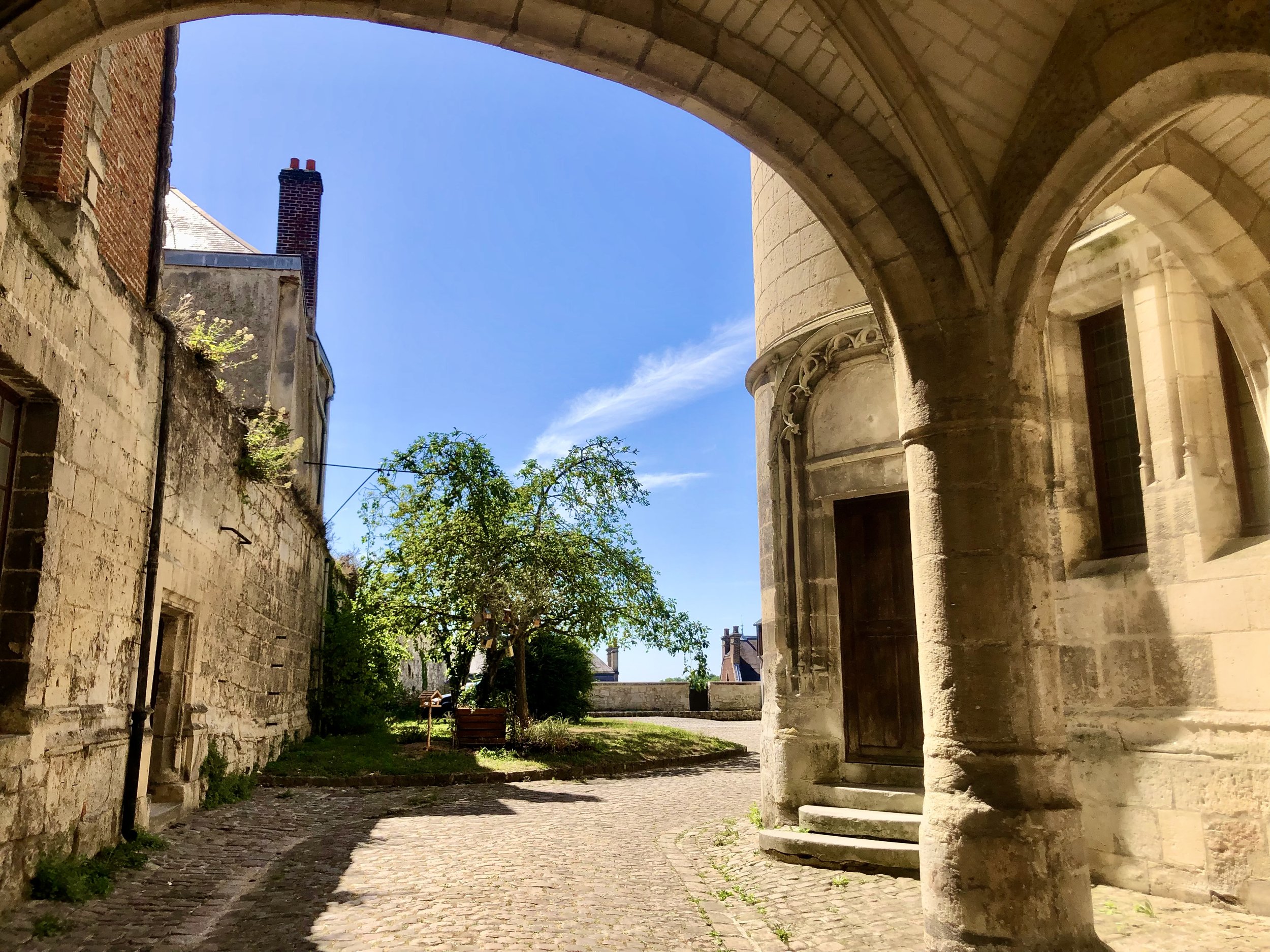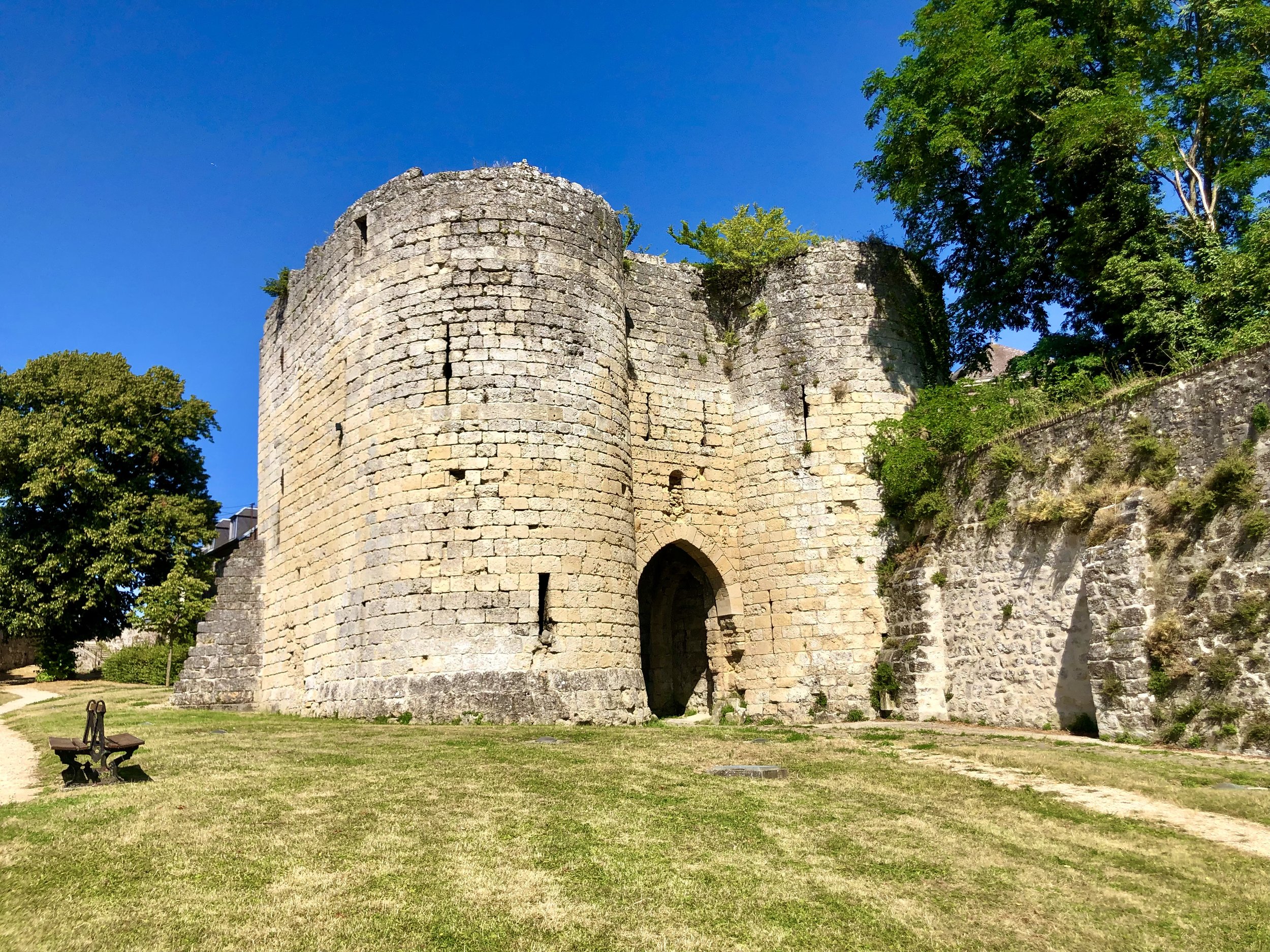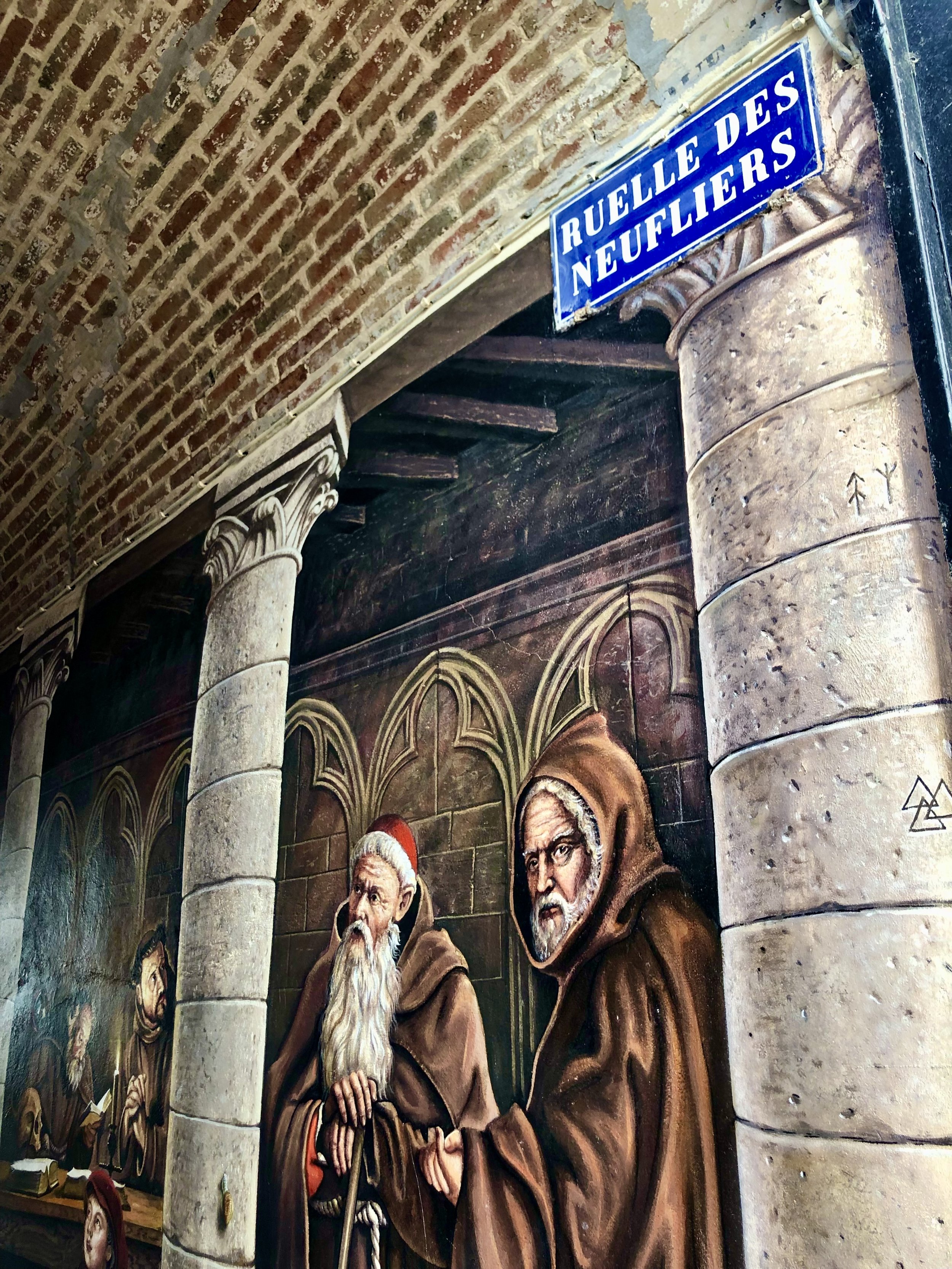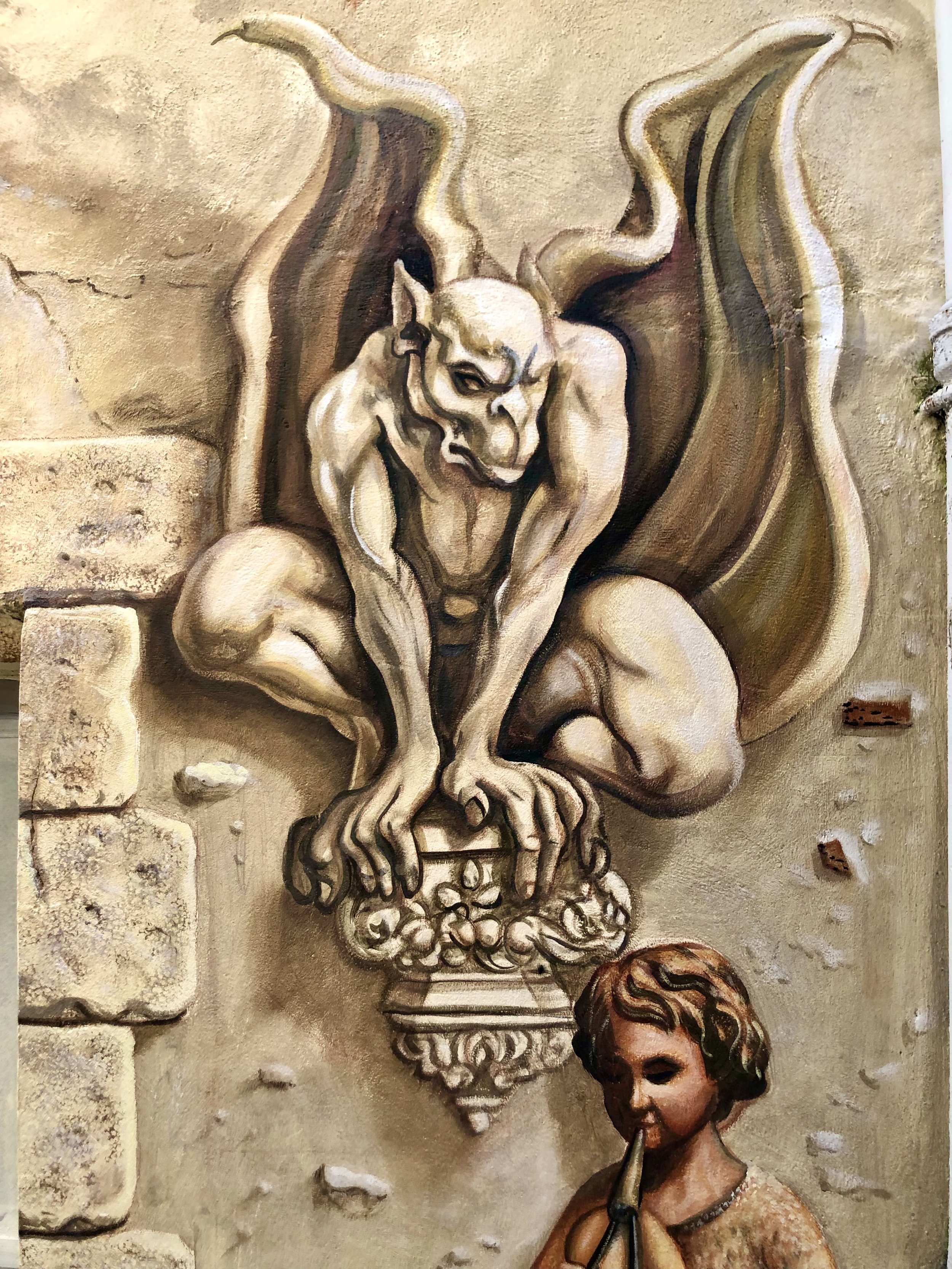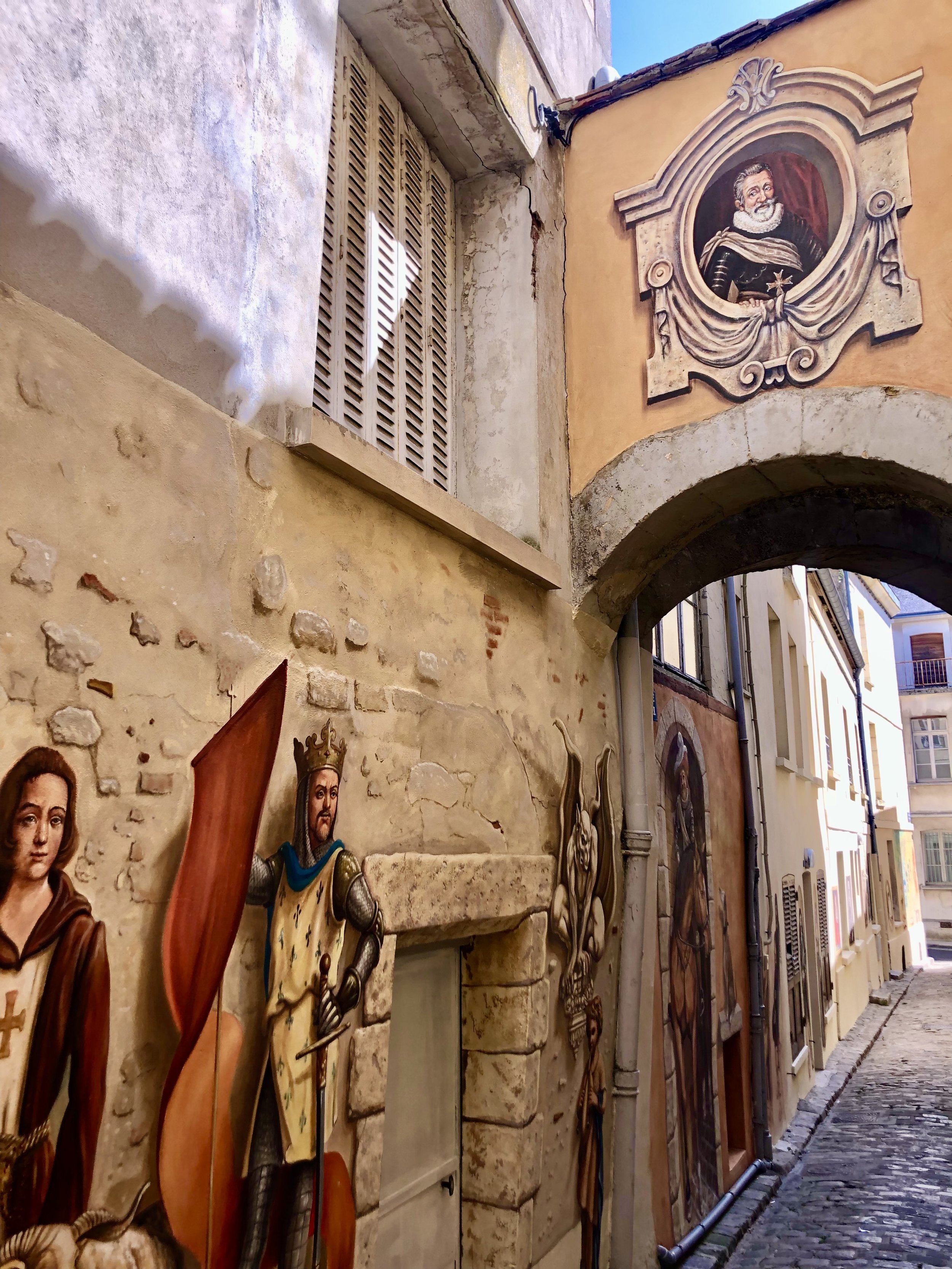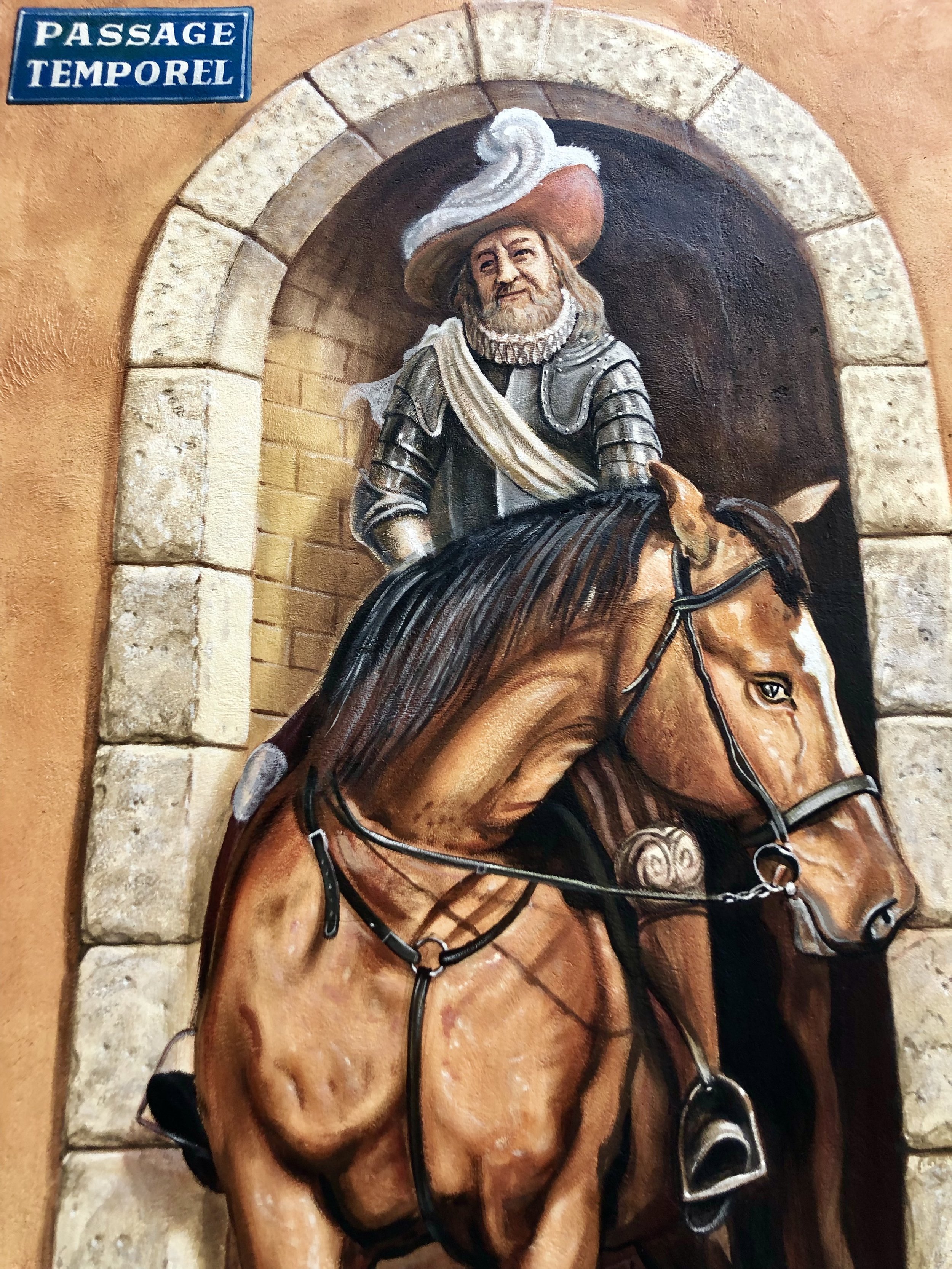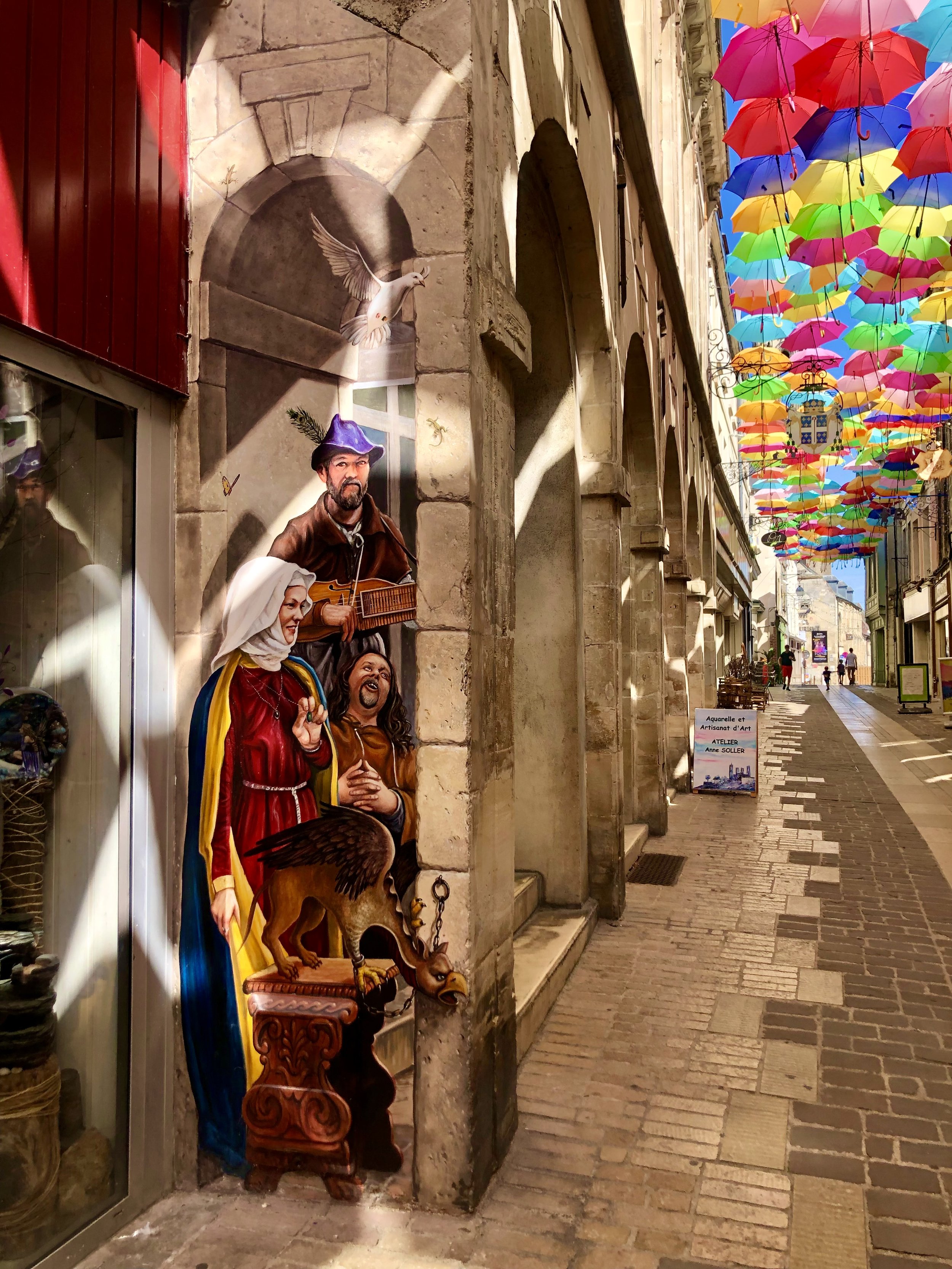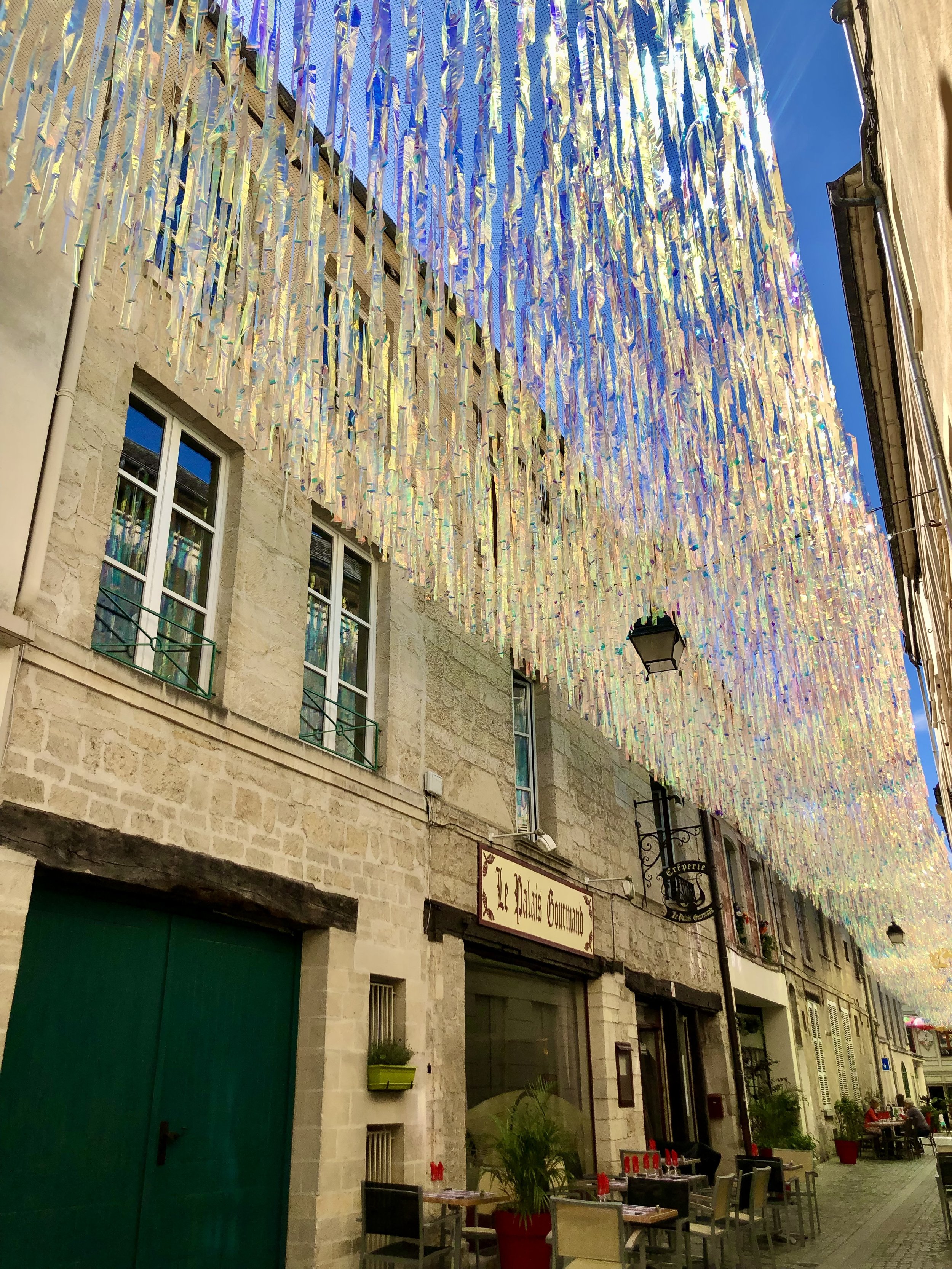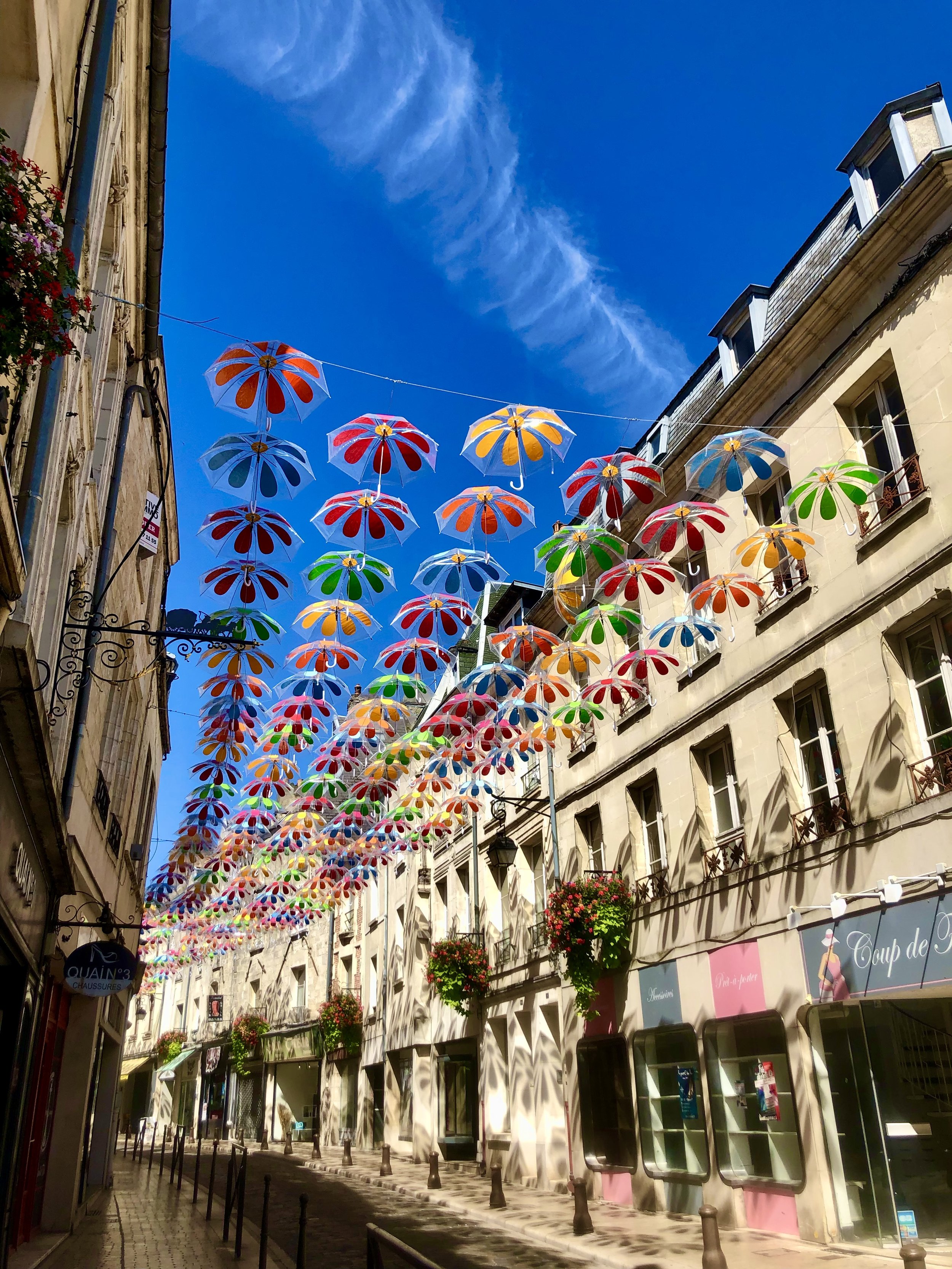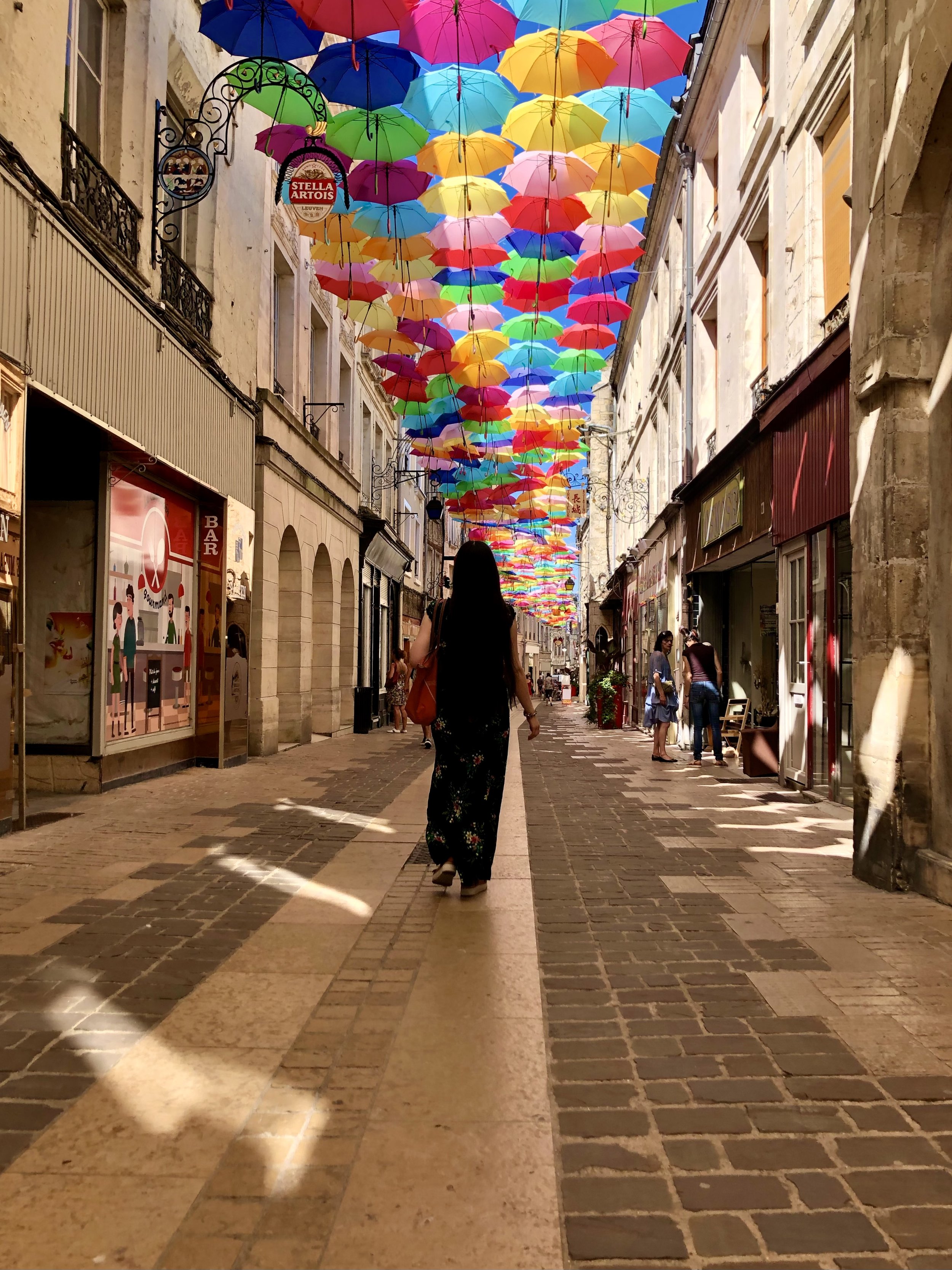LAON Must-See Attractions - Picturesque Medieval City in Northern France (Day Trip from Paris)
A gem of Northern France is the medieval city of Laon.
The diocese of Laon, perched 100 metres atop a limestone rock structure that overlooks the Picardy region, is abundant in history and culture. The high altitude of the capital city of the Aisne département is no coincidence - this gave it a strategic defensive and offensive advantage back when wars were de rigeur. And speaking of wars, Laon has seen it’s fair share of turbulence.
From 3000 BC, the hypothesized date at which the region was first settled, all the way to the bombings of WWII, Laon has undergone numerous expansions, destructions, and reconstructions. Despite this tumultuous history, the current city is an architectural marvel, that holds history deep in every cobblestone and rooftop.
One small claim to fame about Laon is that it was the birthplace of Bertrada of Laon, the mother of Charlemagne (if you grew up speaking French, too, I’m sure Sacré Charlemagne just started playing in your head).
Any city with its own #sign should be seen as cool, that’s a fact!
I don’t suggest visiting on either a Sunday or a Monday, as most small French towns are closed on those days (I discovered that the hard way.)
There are seven main subsections to this post, highlighting a different touristic aspect of the town. They are as follows:
The Cathedral (Cathédrale Notre-Dame de Laon)
The Cathedral Tower Climb (Les hauteurs de la cathédrale)
The Panoramic Landscape
The Abbey (Abbaye Saint-Martin de Laon)
Les Souterrains (Secrets Sous la Ville)
The Ramparts
The Street Art
Some unique selling features of Laon, besides the panoramic views of the surrounding Picardy / Champagne region, are the soutterrains, which are a series of subterranean tunnels, and the medieval ramparts that surround the city. I will go into greater detail about these attractions below.
Now, with all that said, let us disembark and explore this thrilling French city!
the cathedral (Cathédrale Notre-Dame de Laon)
You don’t travel to a small city in France, and forgo visiting the cathedral. It’s just not done! Lucky for you, this particular one is truly spectacular.
Wherever you are in the city, the Cathédrale Notre-Dame de Laon is the edifice that punctures the view. The fabrication of the current gothic marvel came to fruition in 1150, and continued throughout the 12th and 13th centuries. It replaced the former cathedral that had burned down. If you know your French cathedrals, you’ll know that Laon’s Notre-Dame is older than the one in Paris (and, if I can be very controversial, a lot more aesthetically pleasing).
For cathedral and gothic art aficionados, this structure presents a unified gothic building style.
I personally found the gargoyles riveting. Some mid-size ones are not too high, which means you can really appreciate their construction.
Below is a photo of the cathedral’s central hall. While sparse, the expansive space draws your eyes towards the colourful and ornate rosary window (la roseraie).
Thanks to the light stonework, the interior was rather breezier than other famed French cathedrals.
cathedral tower climb (Les hauteurs de la cathédrale)
An attraction not to be missed is the Cathedral Tower Climb!
Similar to climbing the multitude of steps of the Notre-Dame of Paris to overlook the city, you can ascend 60 meters to the tops of the cathedral, and get picturesque views of Laon and the surrounding regions.
You can buy tickets to the 1-hour attraction from the tourism office (l’Office de Tourisme) located to the right of the cathedral’s main entrance. It is available Saturday, Sunday, and bank holidays from 14h to 16h (2-4pm).
Regular priced tickets will run you 6 €, and reduced priced tickers (seniors, students, children aged 6-18, etc.) are 3 €. It’s free for those under 6 years of age.
I mean… get a load of these views! And these are photos from my replacement iPhone 8 (don’t ask…).
the panoramic landscape
While I understand most tourism lists tend to be comprised of payable attractions (i.e. a museum, a cathedral, etc.), I have to say the views from Laon are so marvellous, that they are by far worth viewing.
The photos I have taken and provided absolutely do NOT accurately represent the breathtaking scenery from the hilltop city.
For a bit of proof of the height of the vantage point, have a look at the halfway mark of the stairs you must climb to the top of the city:
Here is another gorgeous view from the midpoint. The plains of the Picardy region are quite evident, even from this altitude.
Nearing the top of the staircase… even the journey towards the town was well worth it.
The views!!! Ahh these photos do not do it justice!!!
Please believe me when I say the view is worth it.
Les souterrains (secrets sous la ville)
A unique attraction to Laon is the subterranean tunnel system built into the limestone rock face of the city,
The subterranean journey leads you through multiple passageways underground. Some are left intact, and others have been converted to display historical information about the structure, and the area.
Throughout your visit, you will come across shooting ranges, prehistoric fossils, and even some information about how Laon was used as a hideout for soldiers during The Great War (WWI).
Regular priced tickets will run you 8 €, and reduced priced tickers (seniors, students, children aged 6-18, etc.) are 4 €. It’s free for those under 6 years of age.
The Abbey (Abbaye Saint-Martin de Laon)
The Abbey of St. Martin was first established by the bishop of Laon in 1124. It is one of the first establishments of Premonstratensian Order. The medieval building itself is in great condition, and would please any history or architecture buff.
Similar to the fate of other buildings in the city, the Abbey has undergone multiple renovations and reconstructions.
Despite being considerably smaller in scale and stature than the Cathedral, the Abbey is still rather detailed and elaborate.
The use of mostly neutral hues in the art and architecture gives the interior a contemplative intimacy, and yet there are many embellishments upon closer look.
the ramparts
Like all good fortified towns in the late Roman period, Laon has a series of ramparts that surround the city.
Luckily, the ramparts (whose reconstruction dates to the Carolingian period) still have large portions that are intact. It’s really magical that you can pass through the same gates as the medieval community centuries ago!
I strongly recommend taking a good 45 minutes to just walk leisurely throughout the town, and enjoy viewing the fortified city. I had my headphones in, and was easily transported into my own internal sphere.
The street art
If you visit Laon, make sure to pop by Ruelle des Neufliers.
It’s a small unassuming street lined with graffiti and frescos by local artists. It’s very romantic, and the art, often depicting medieval or mystical scenes, is the perfect way to meld the past and present.
One fresco artist I want to highlight is Pierre Grenier, who created the ‘Passage Temporal’ painting seen below!
This street is definitely not one to be missed, and it can be found right off of Rue du Cloître (which leads to the Cathedral).
The other treat I recommend is the honey. The best shop from which to buy some is La Ronde des Abeilles, which is situated near the Church Saint-Quiraice. Here, you can find - what else? - but rose-flavoured honey. It’s a must. While you’re at it, pick up one of their rose teas. You won’t be disappointed!
How to get there
On average, it takes around 1 hour and 45 minutes to reach Laon from Paris. As the city itself is rather small, it is a viable day-trip. The picturesque views during the train ride are also worth seeing!
You can purchase a train ticket either online via the SNCF website, or at th SNCF ticket booths at Gare de Nord.
To go to Laon, go to Gare de Nord, and take the appropriate TER train towards the destination (it will say Laon). My particular journey was direct.
I downloaded the SNCF app, and was able to view the platform and train number beforehand. I was also able to get updates on any delays in the journey, and had an electronic version of my ticket.
There are electronic panels everywhere that display the destinations of your train, and you can show your ticket to any certified SNCF member of staff if you need direction. During regular scheduling, there are trains toward Laon that leave every 30 minutes.
My particular journey took 1h 38 minutes. The train left from Gare de Nord, and went on direct towards Laon.
Up until the 13th century, Laon was the catholic diocese of the Aisne department of France. Nowadays, the hilltop city makes for a magnificent day-trip with spectacular views over the surrounding Picardy region.
The Souterrains de Laon, a network of tunnels underneath the city, are also well worth a visit. All in all, Laon is an excellent example of a French citadel, that marries together history and culture.
I really hope you felt tickled to visit this magnificent city on your next trip to France!
Thank you for reading, lovely. I hope you feel inspired about preparing upcoming trips! Safe travels ❤️
Did you like this post? Why not read something similar:

